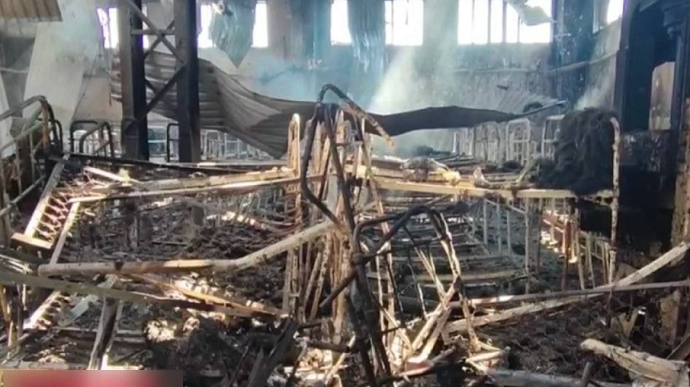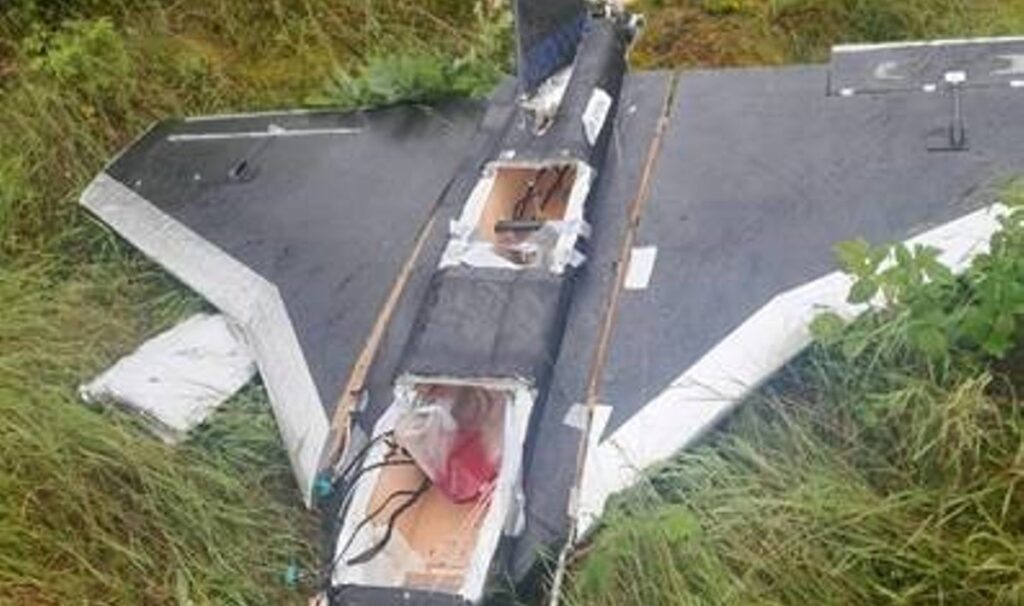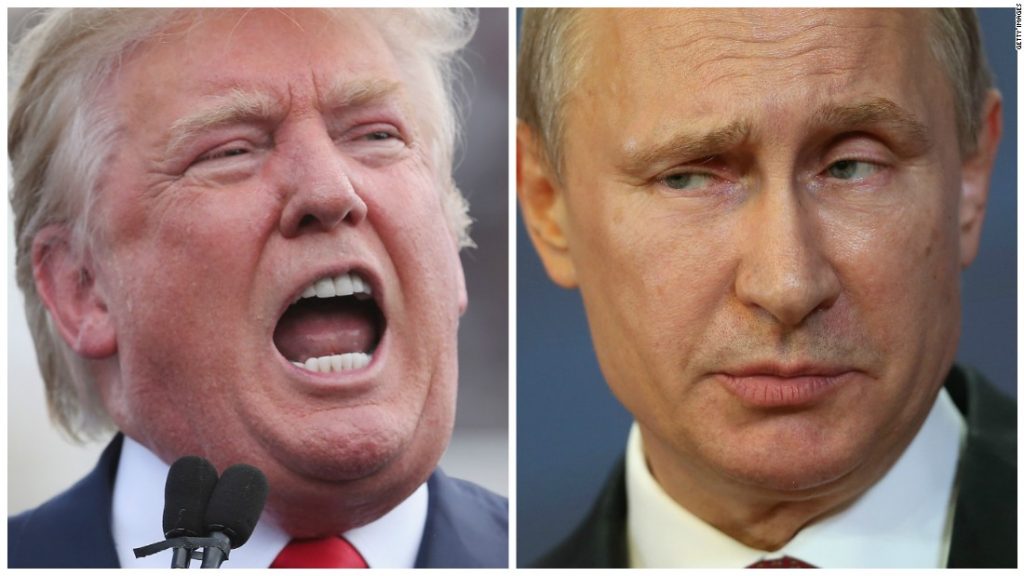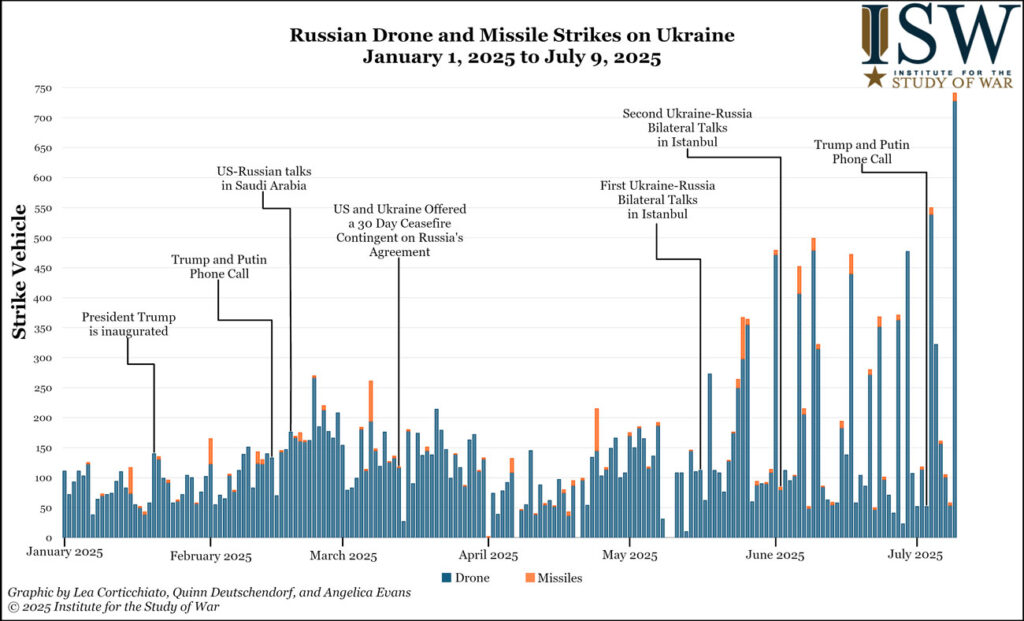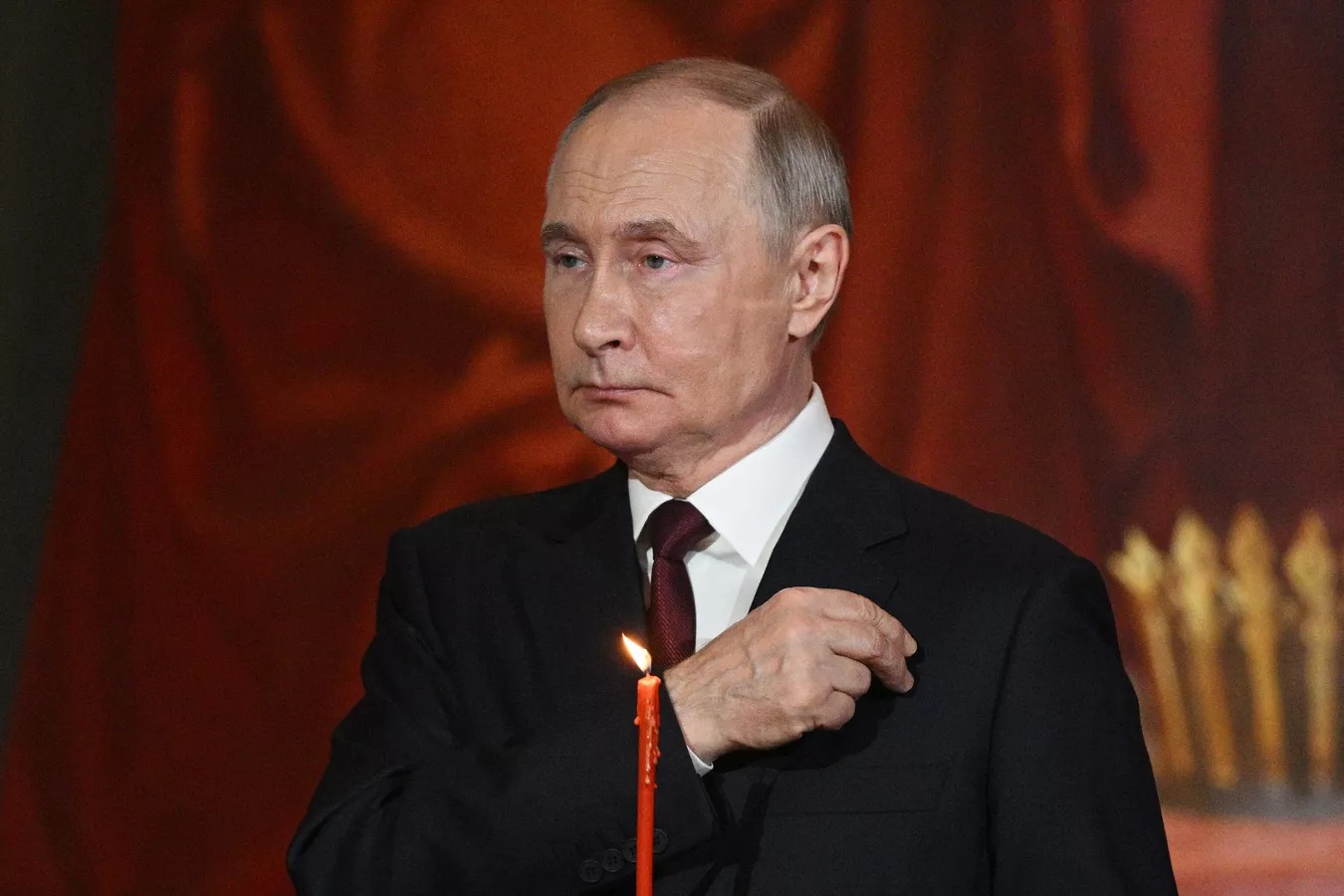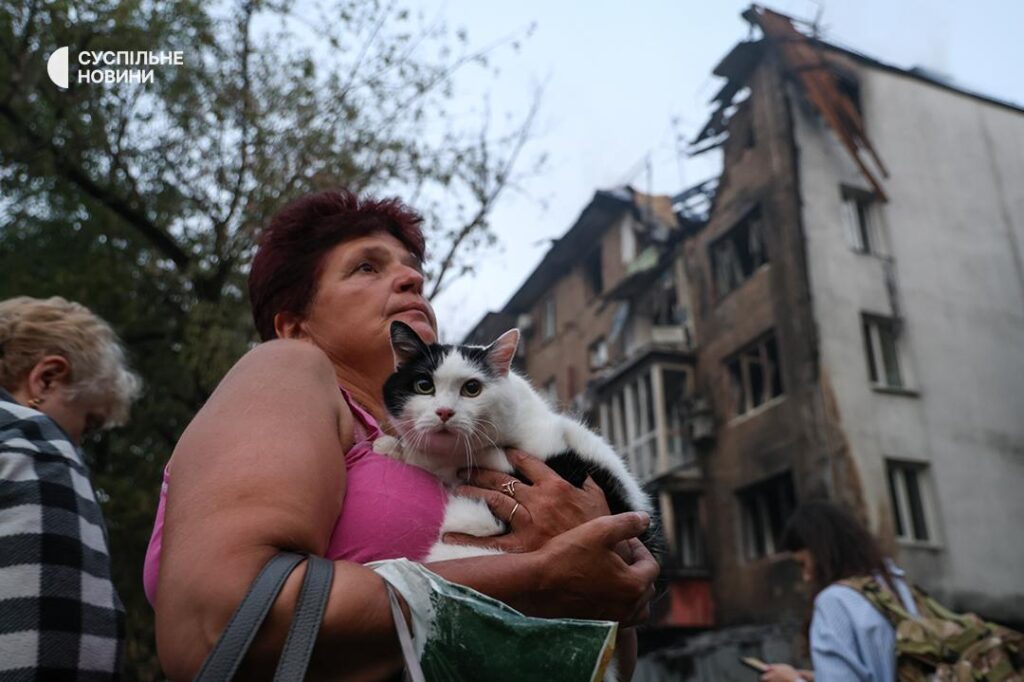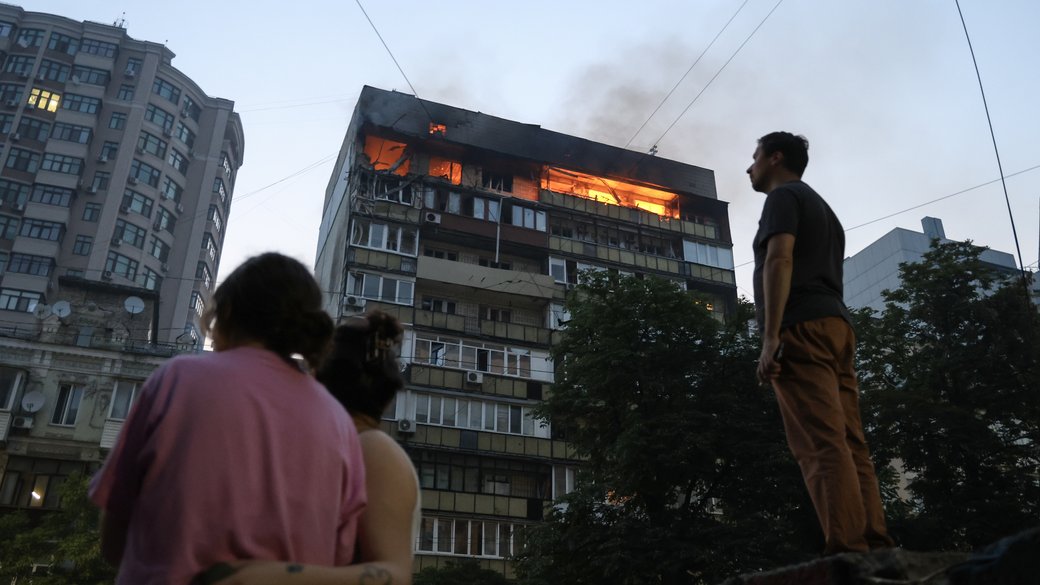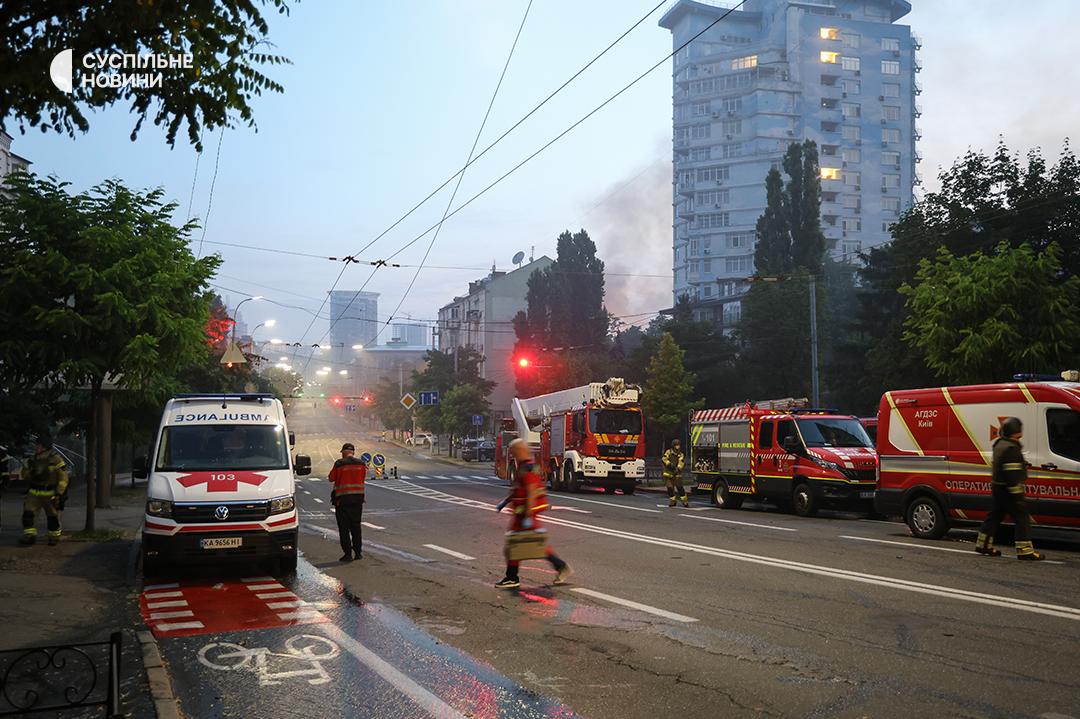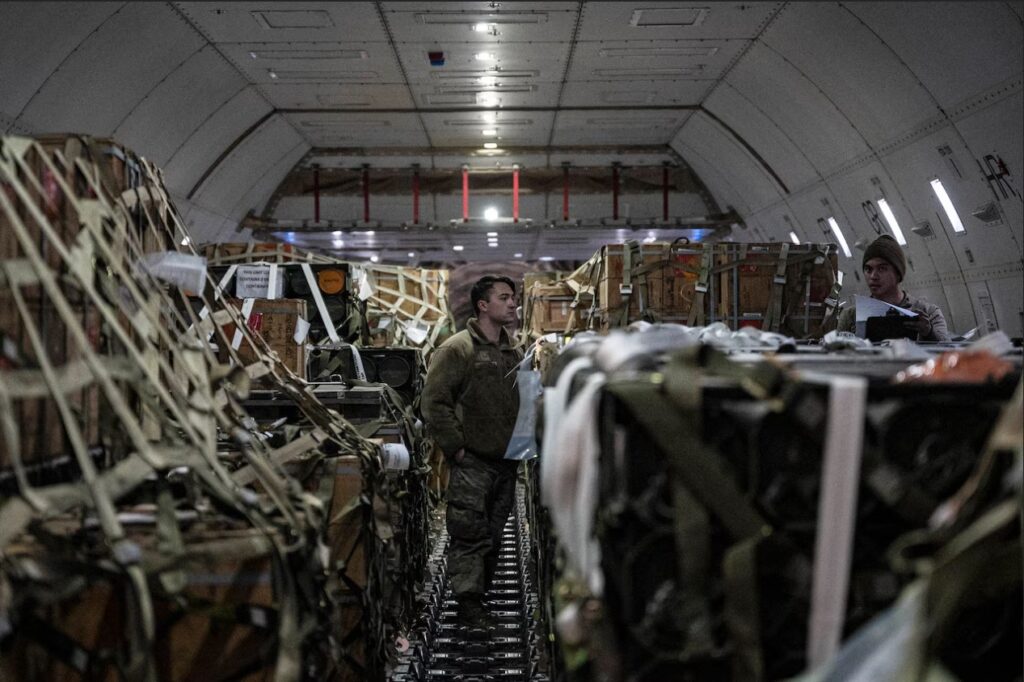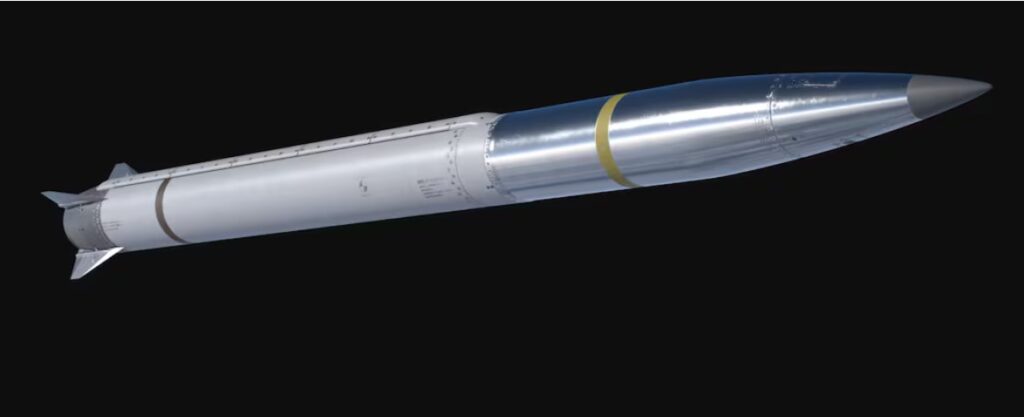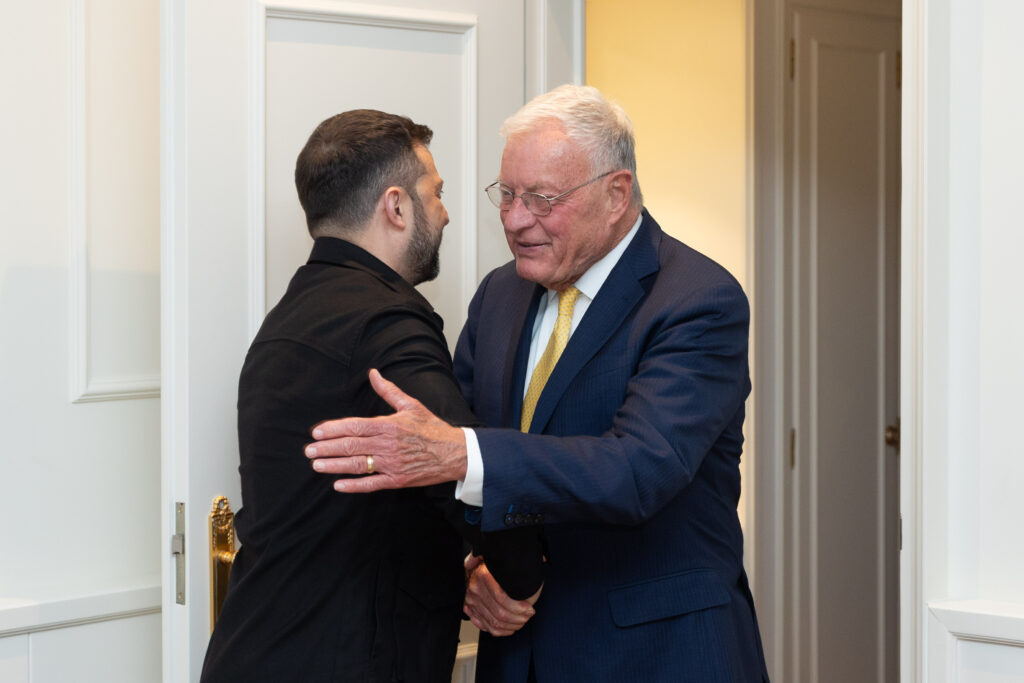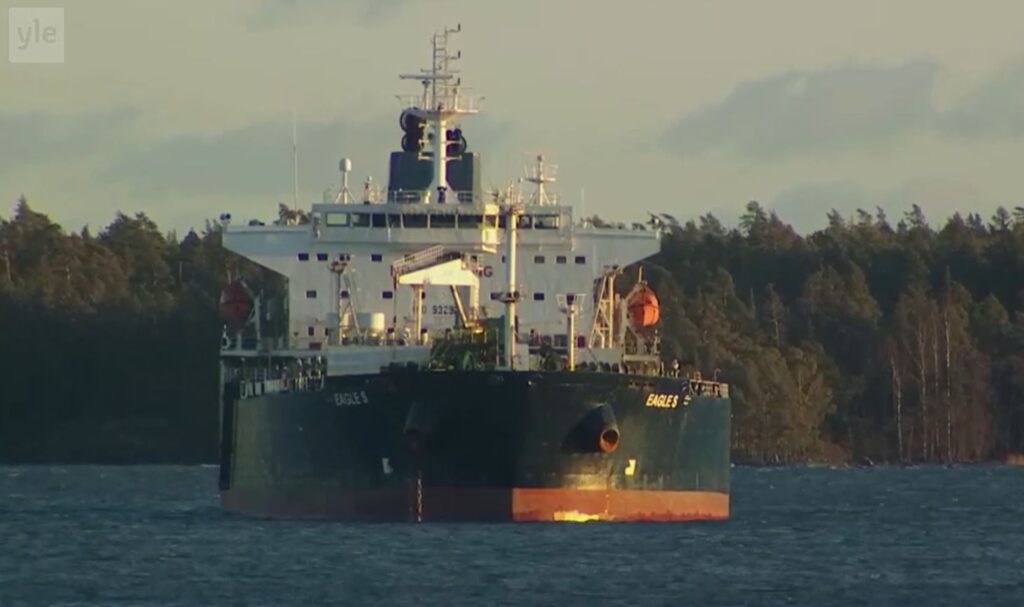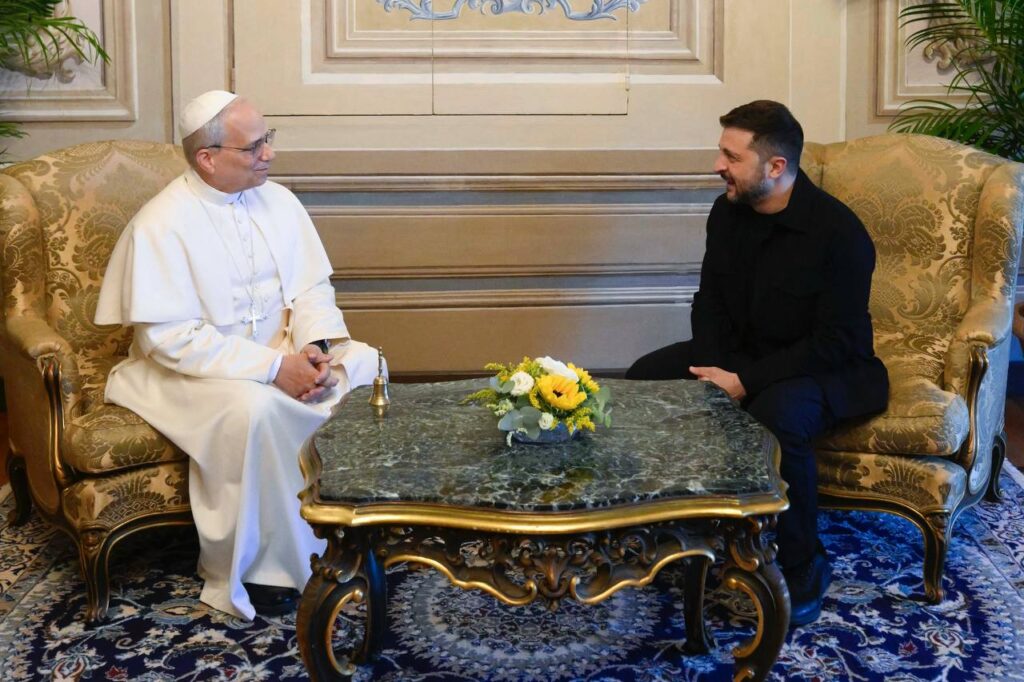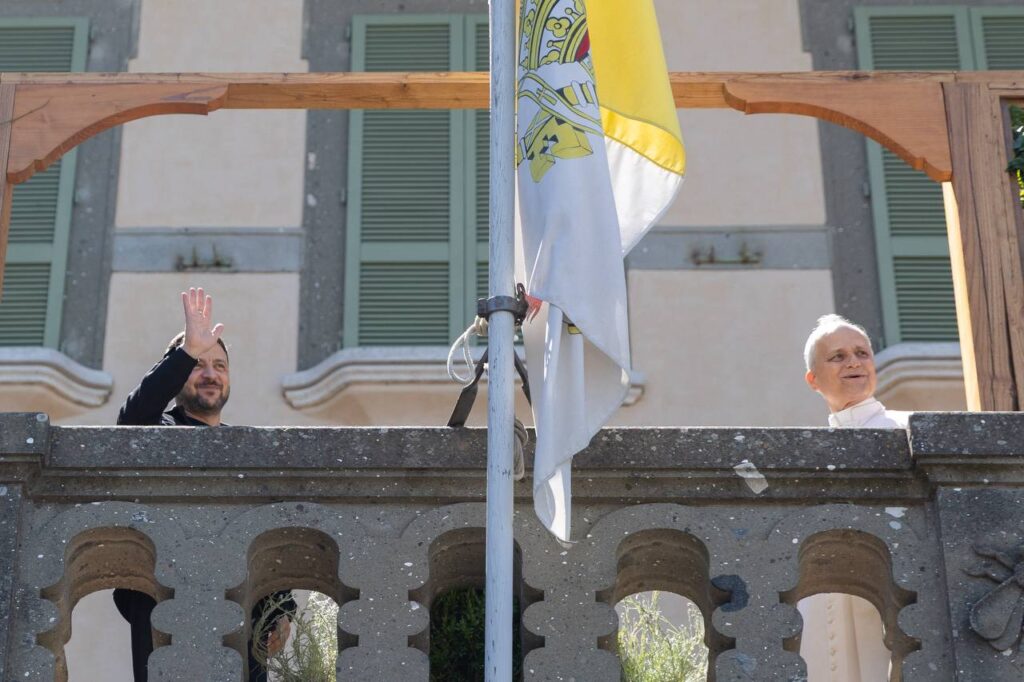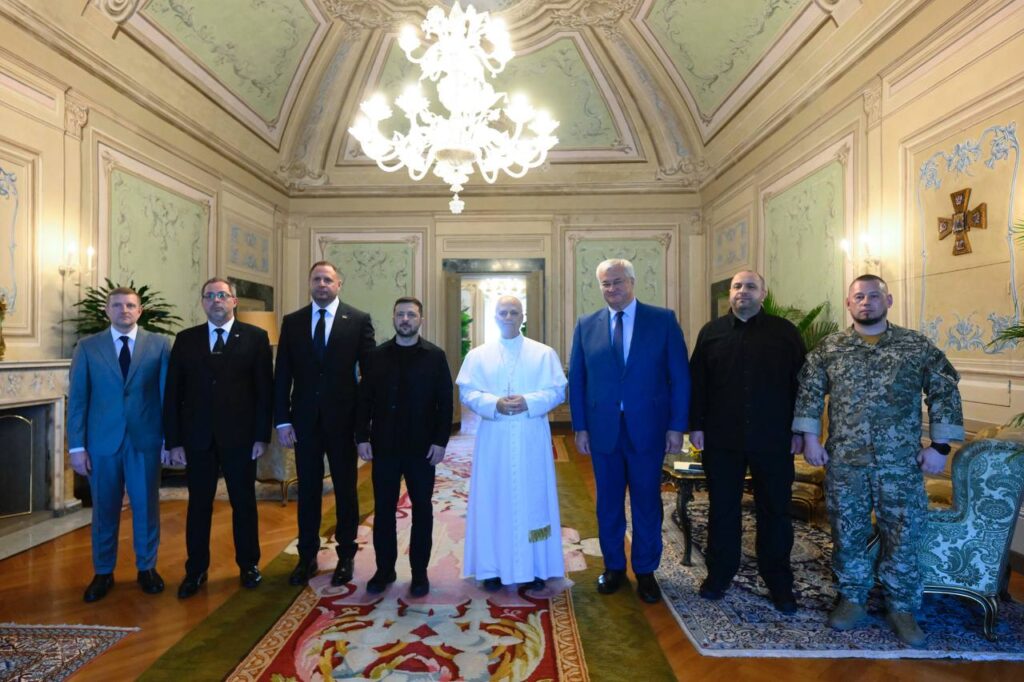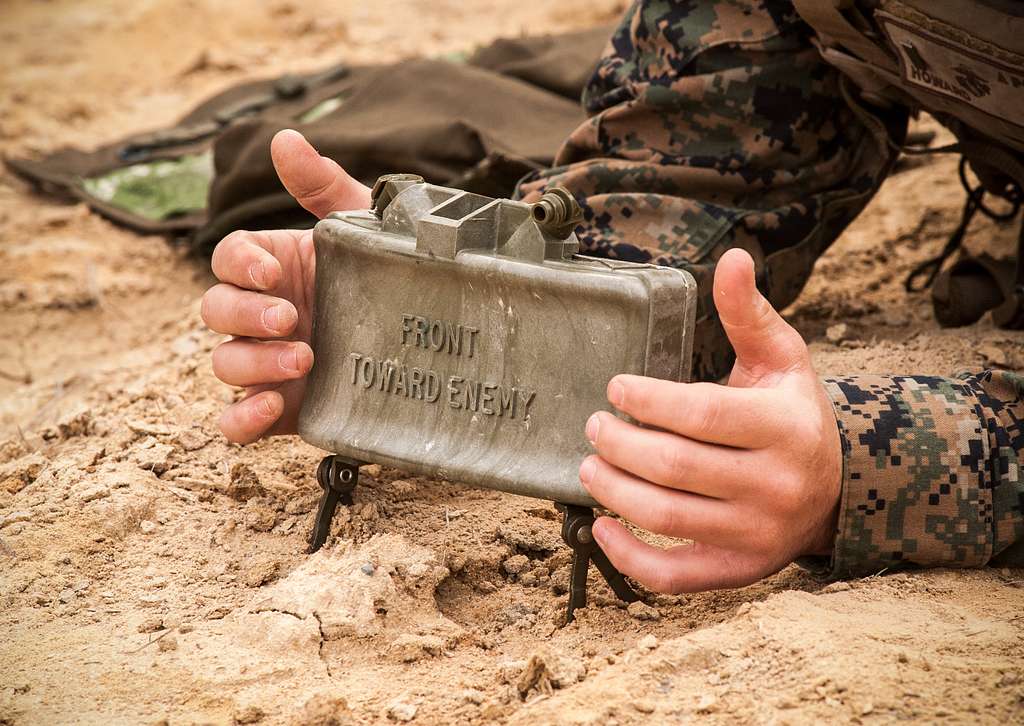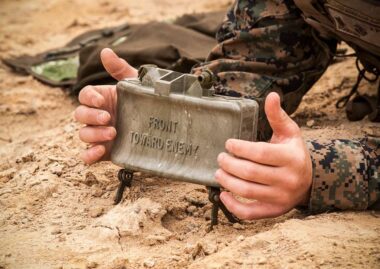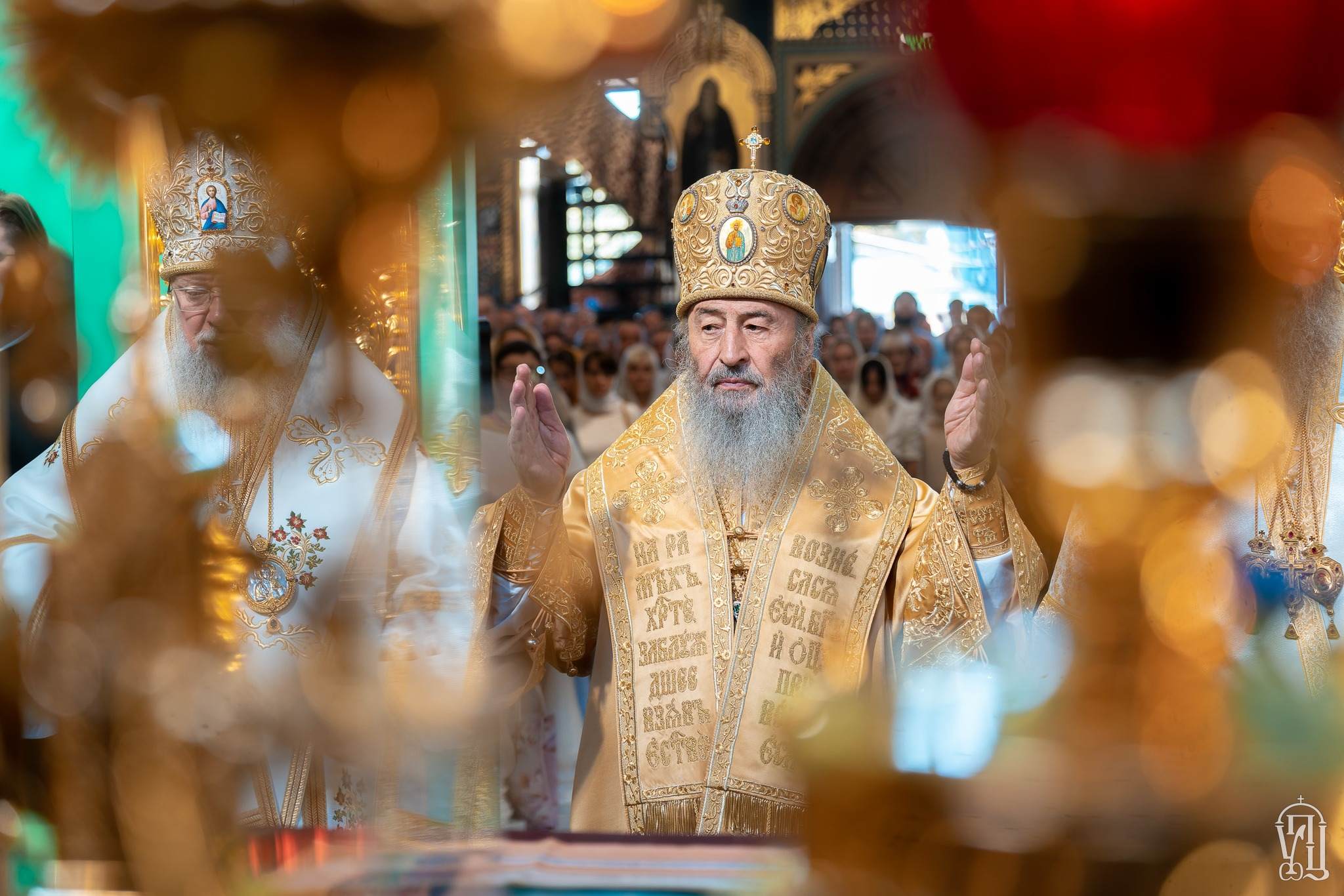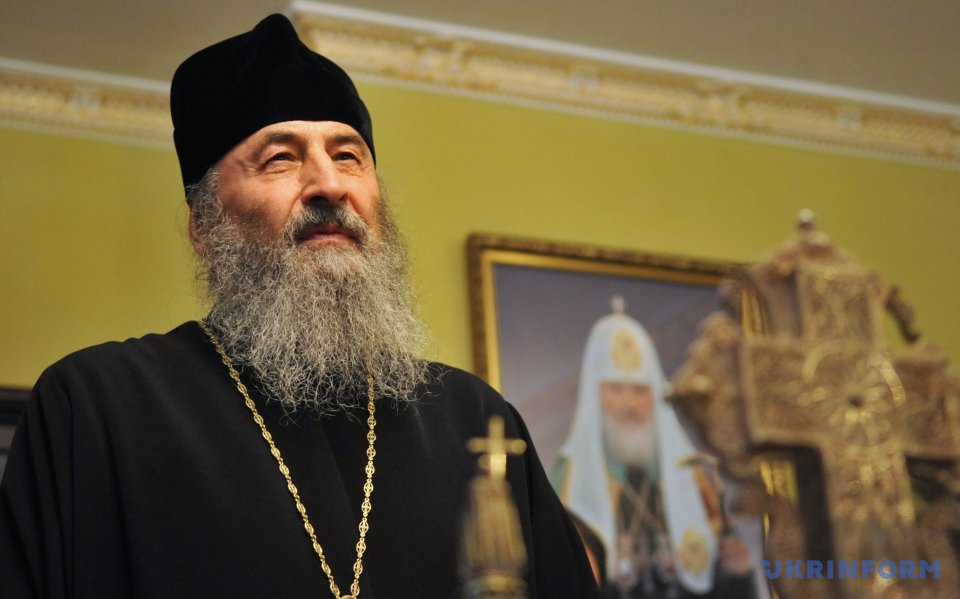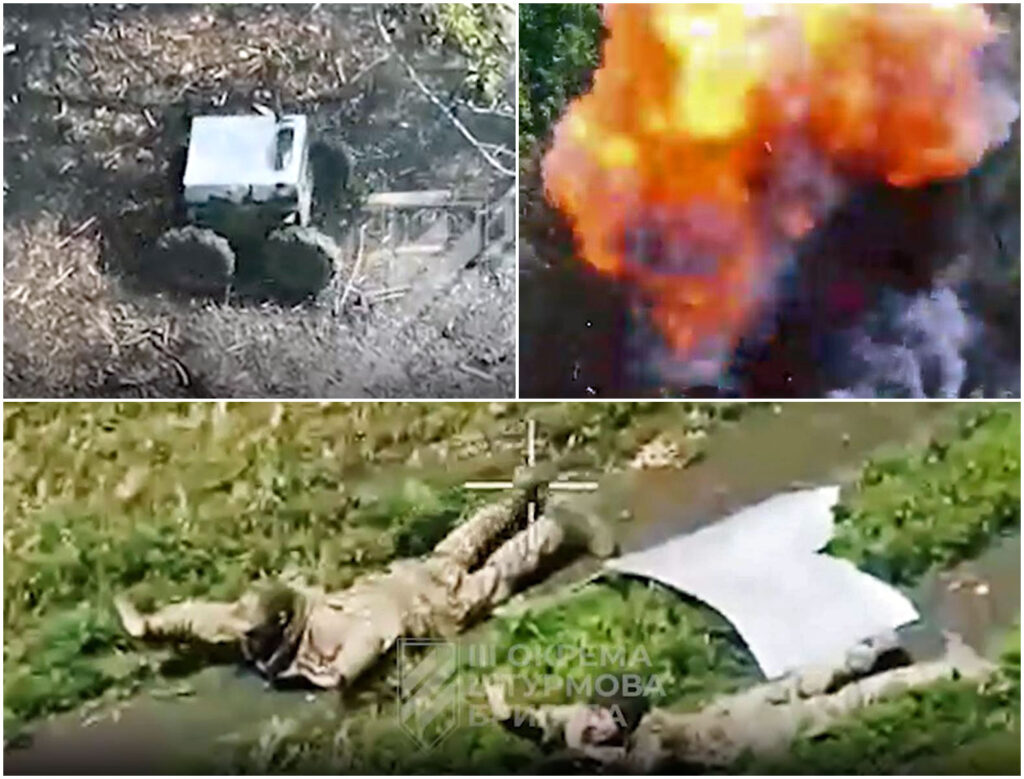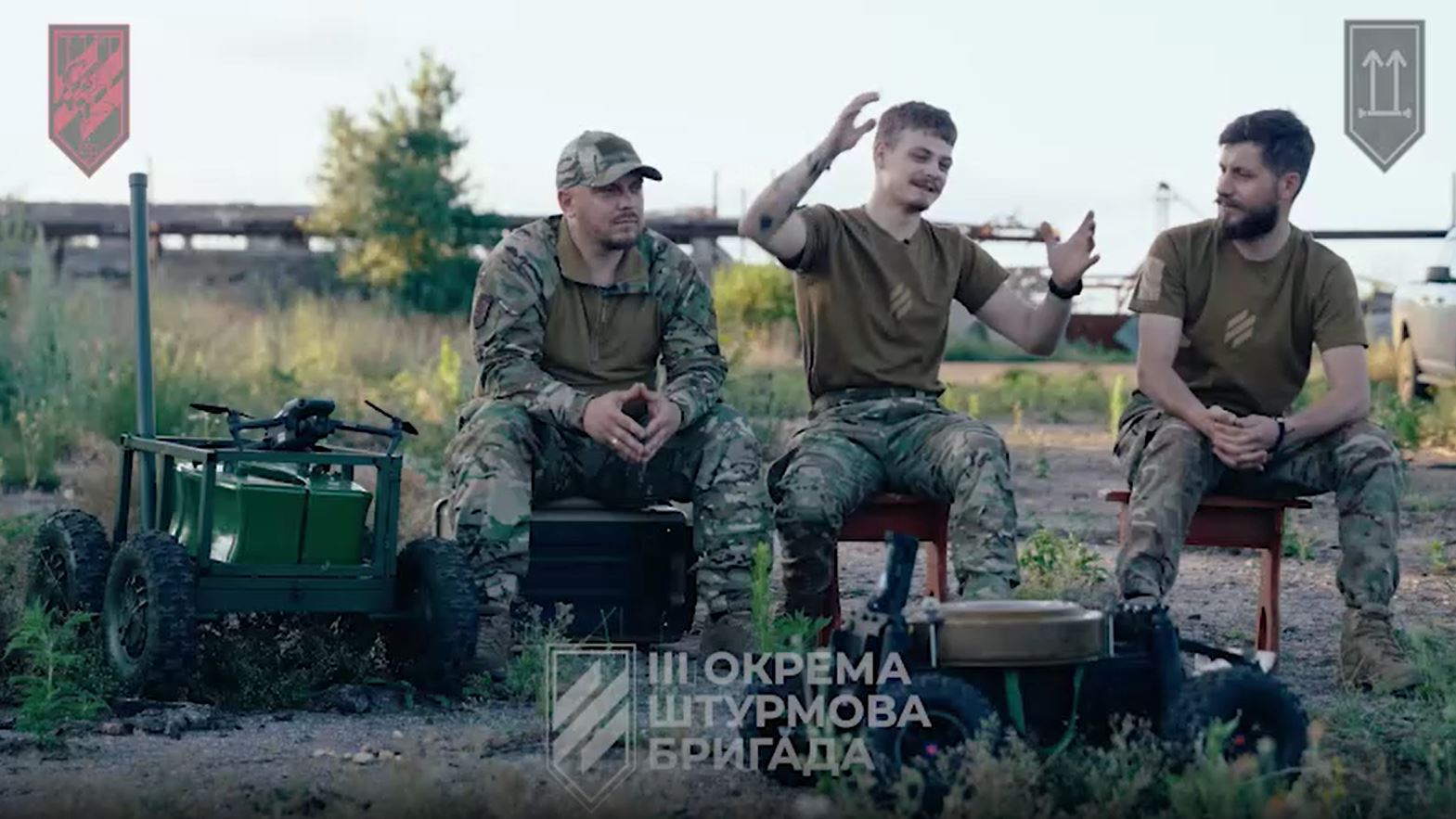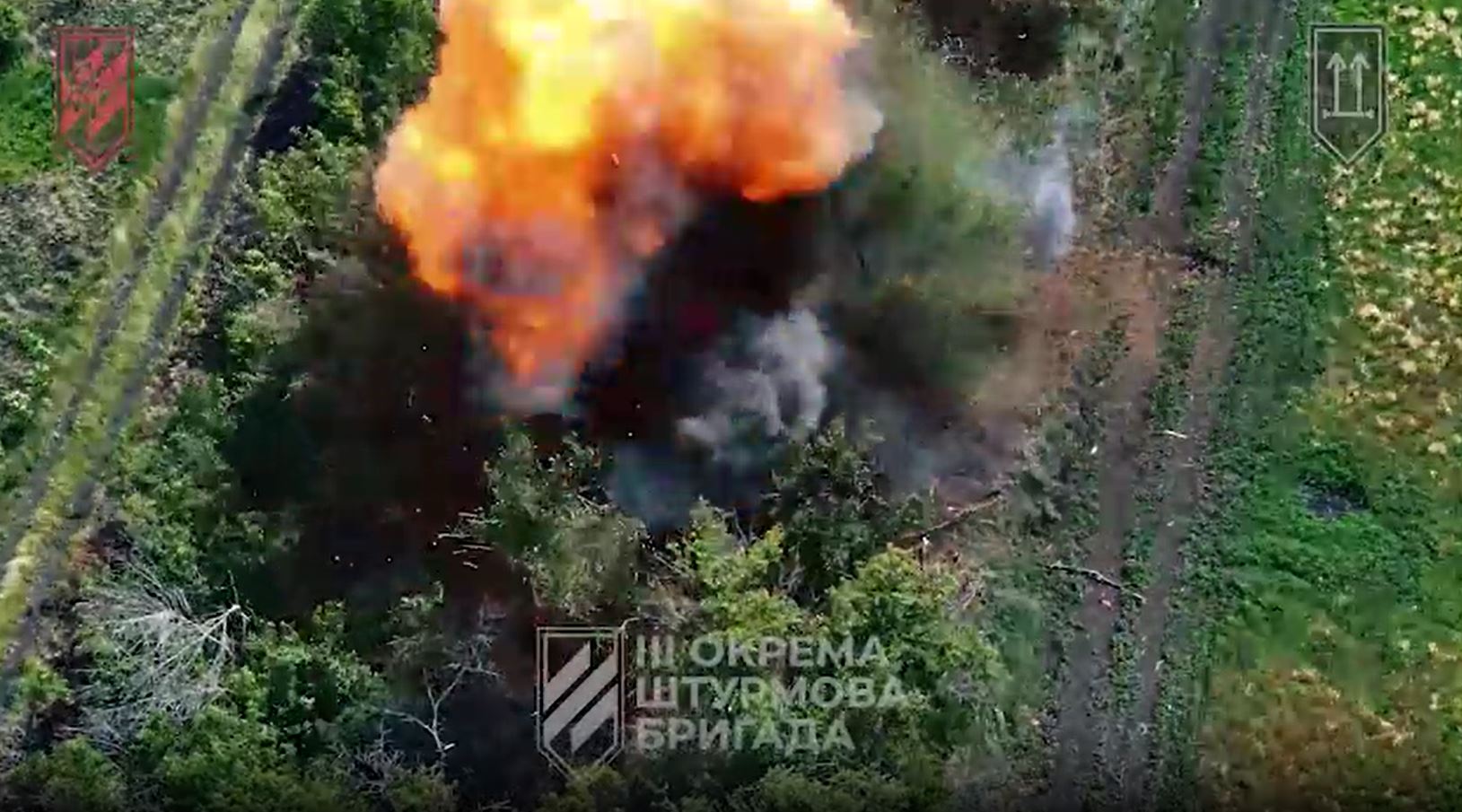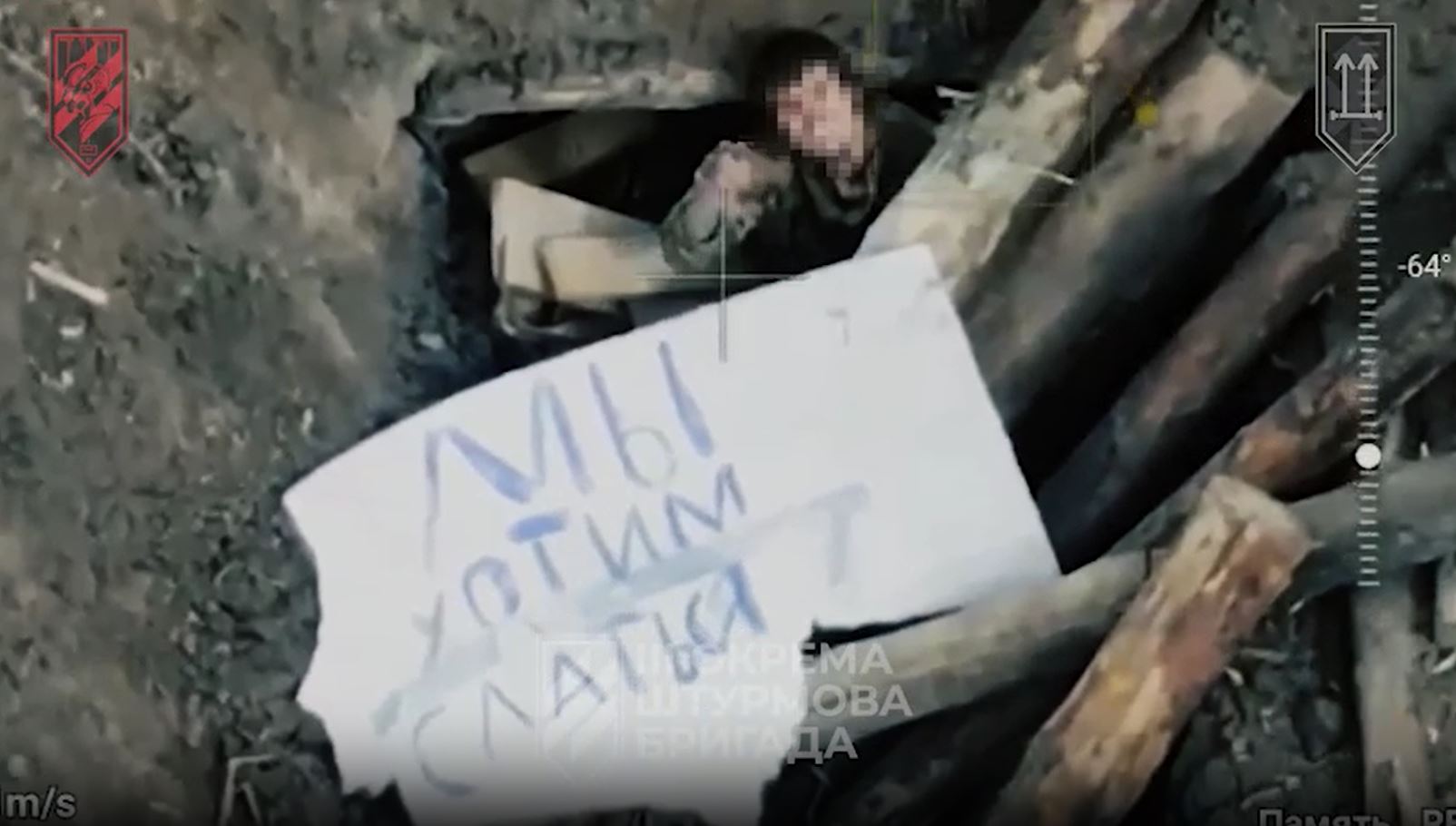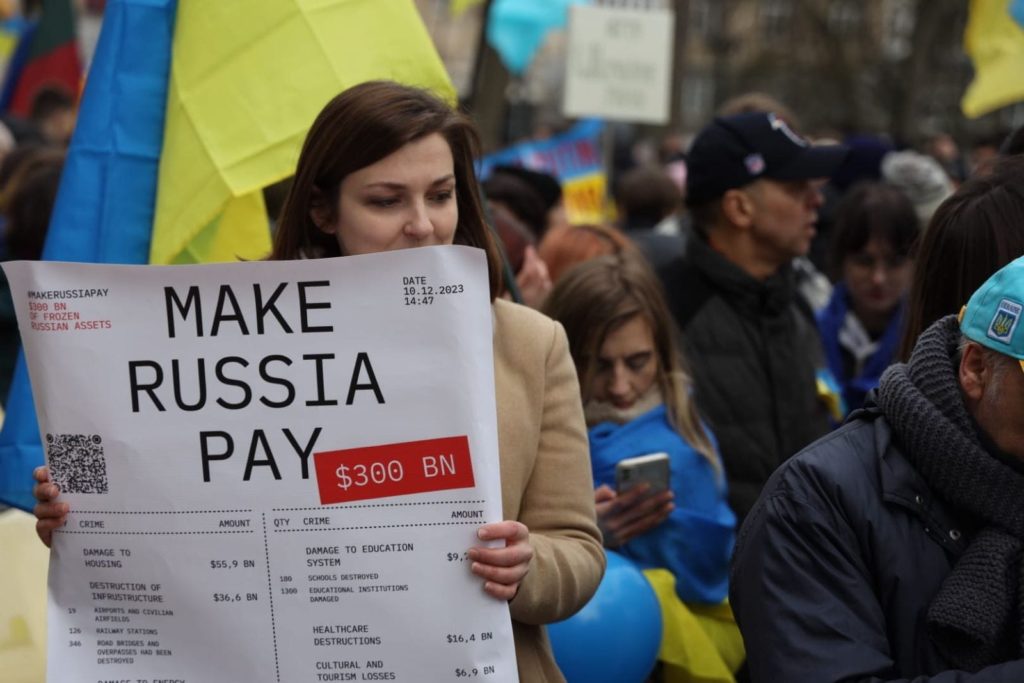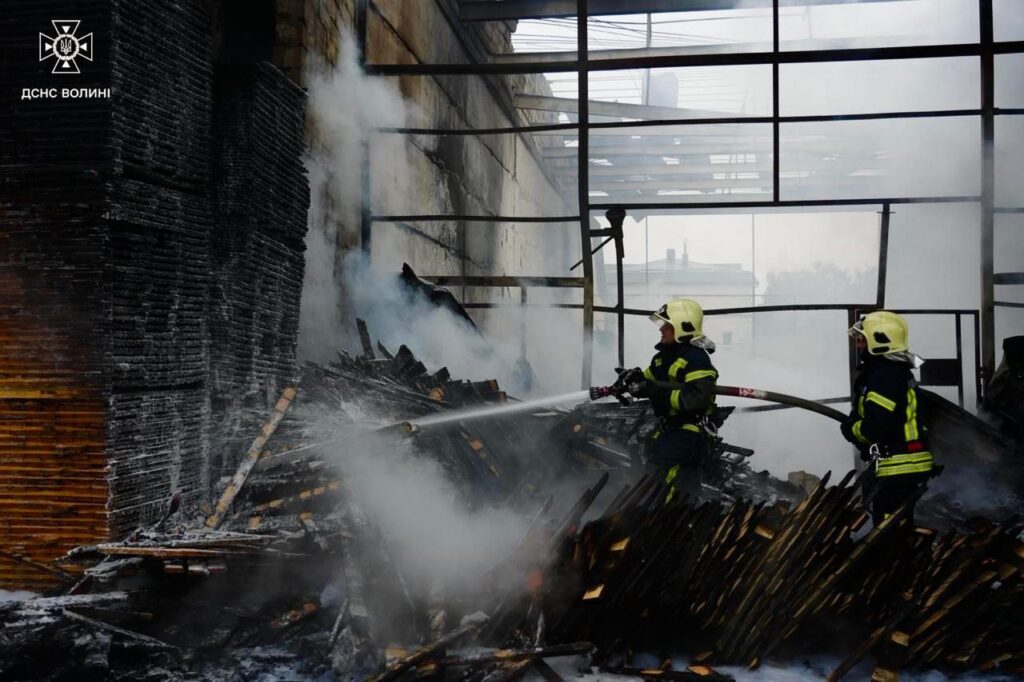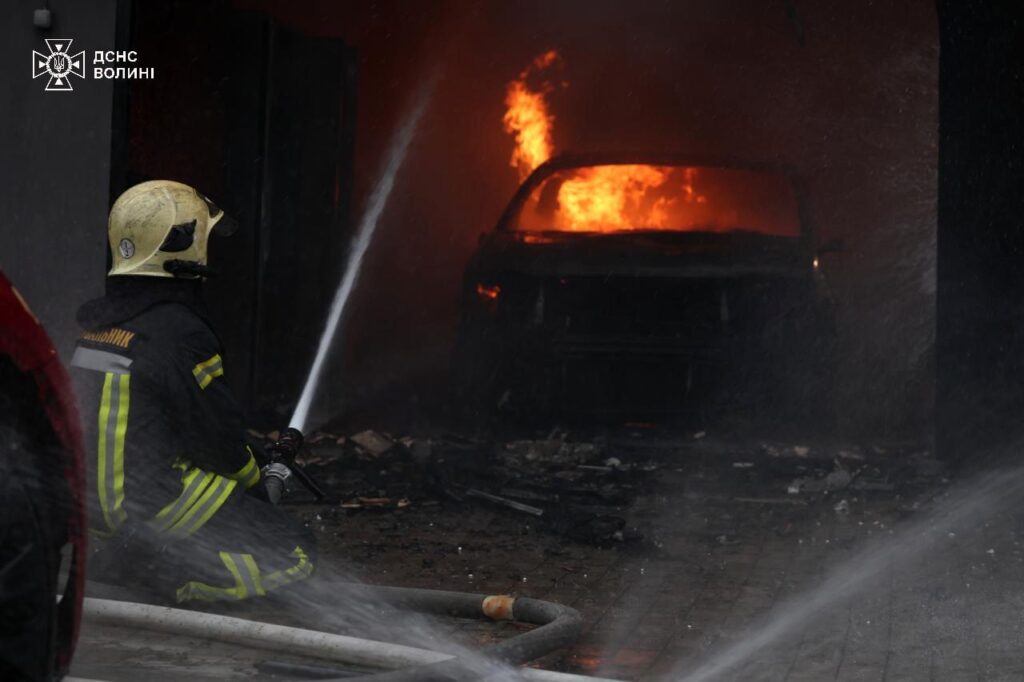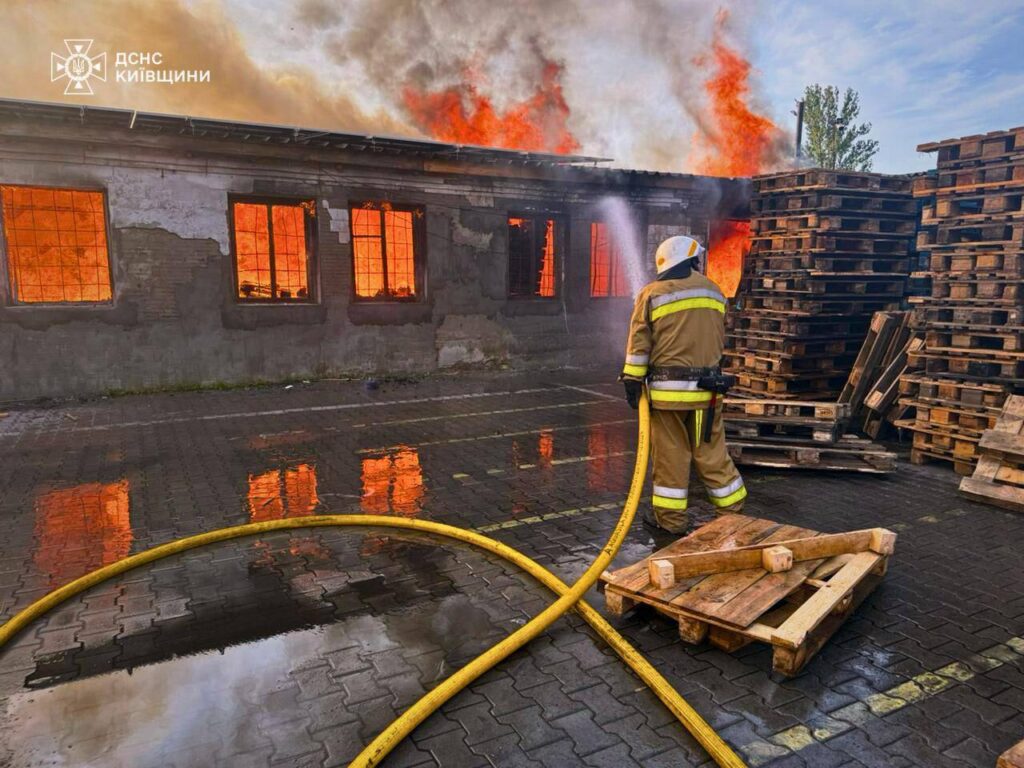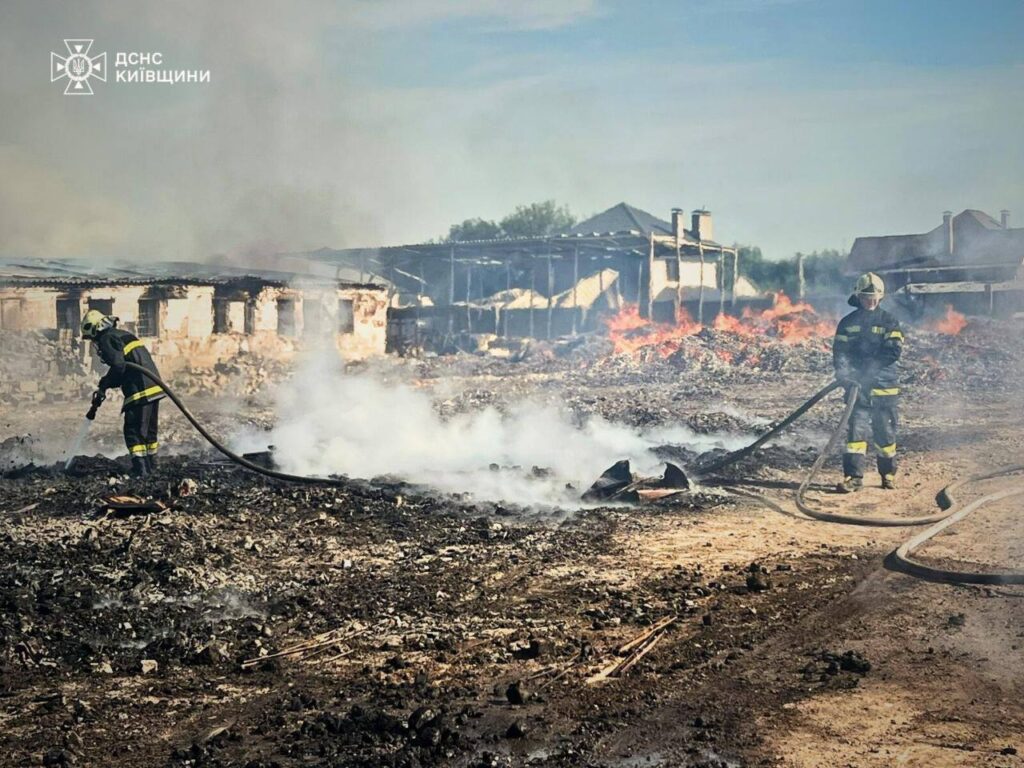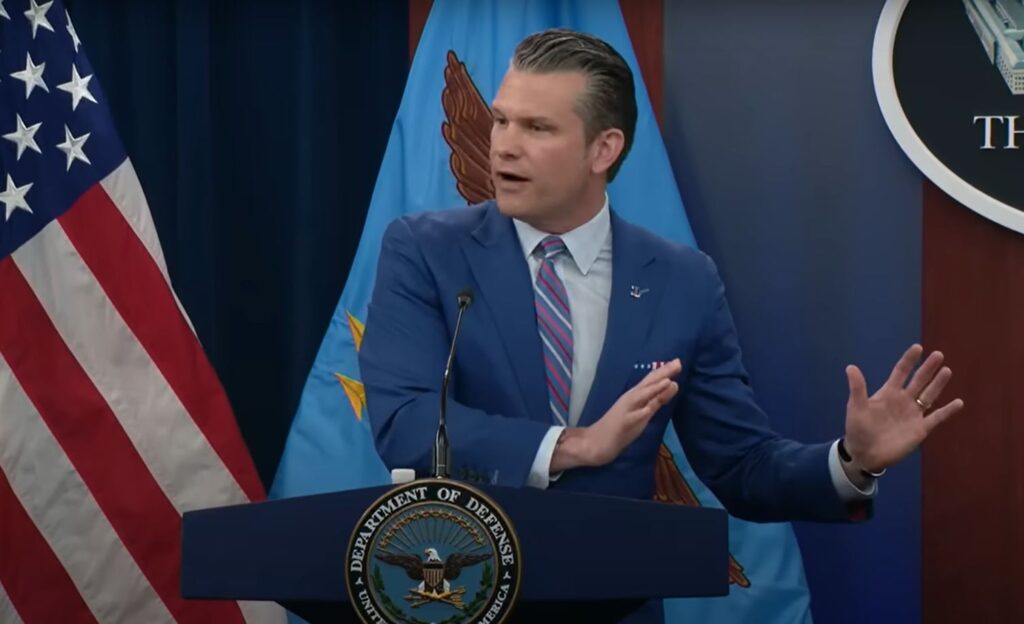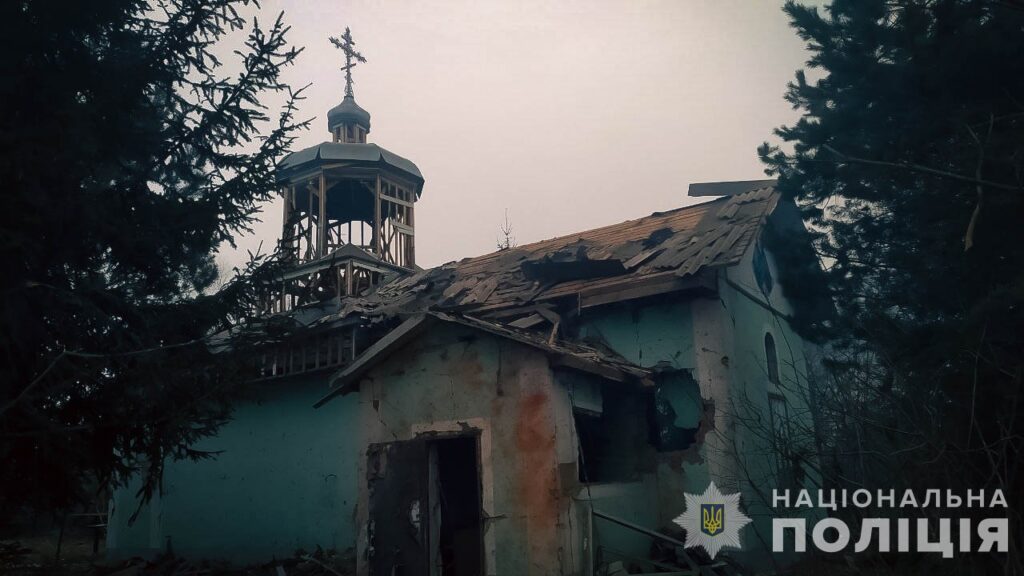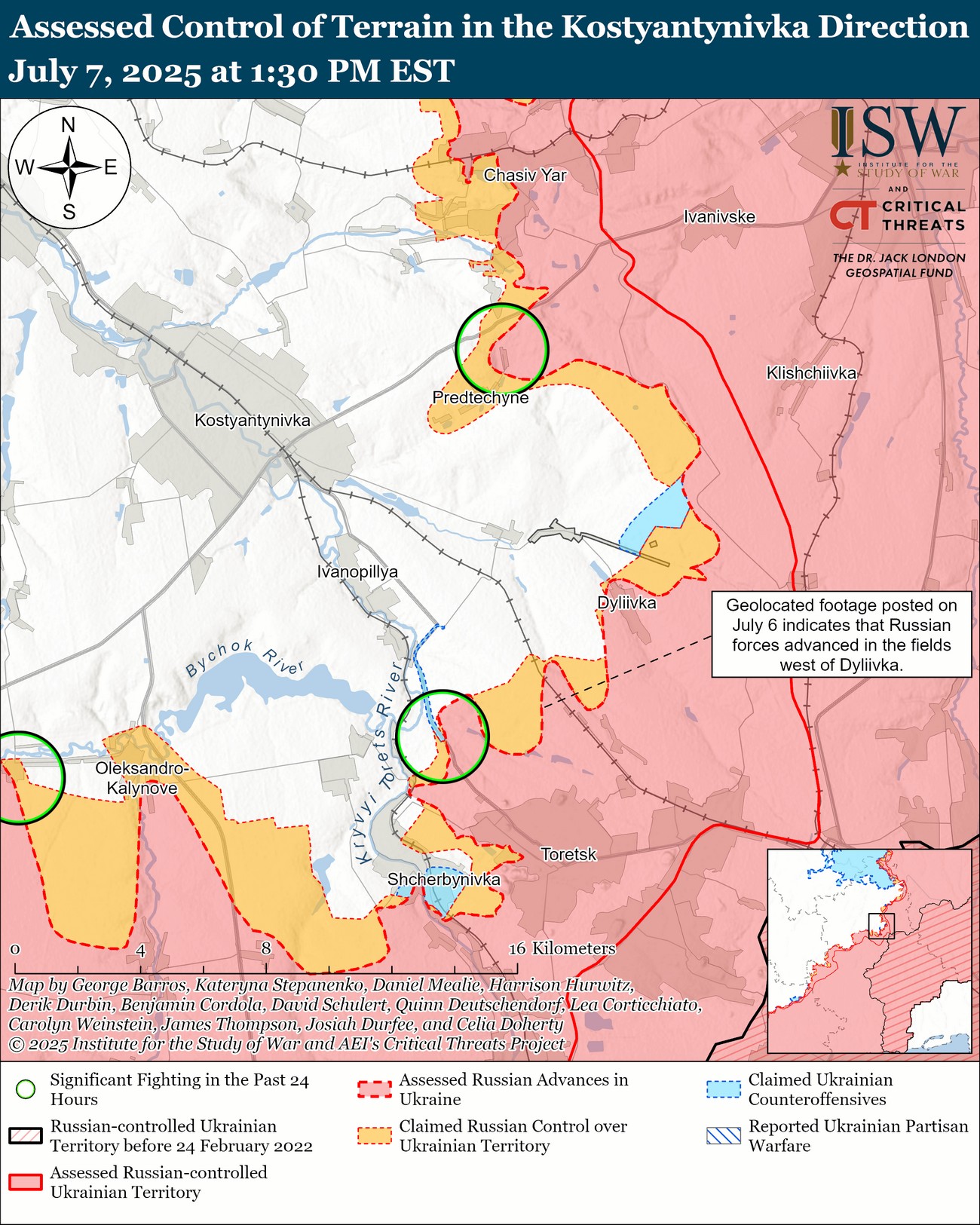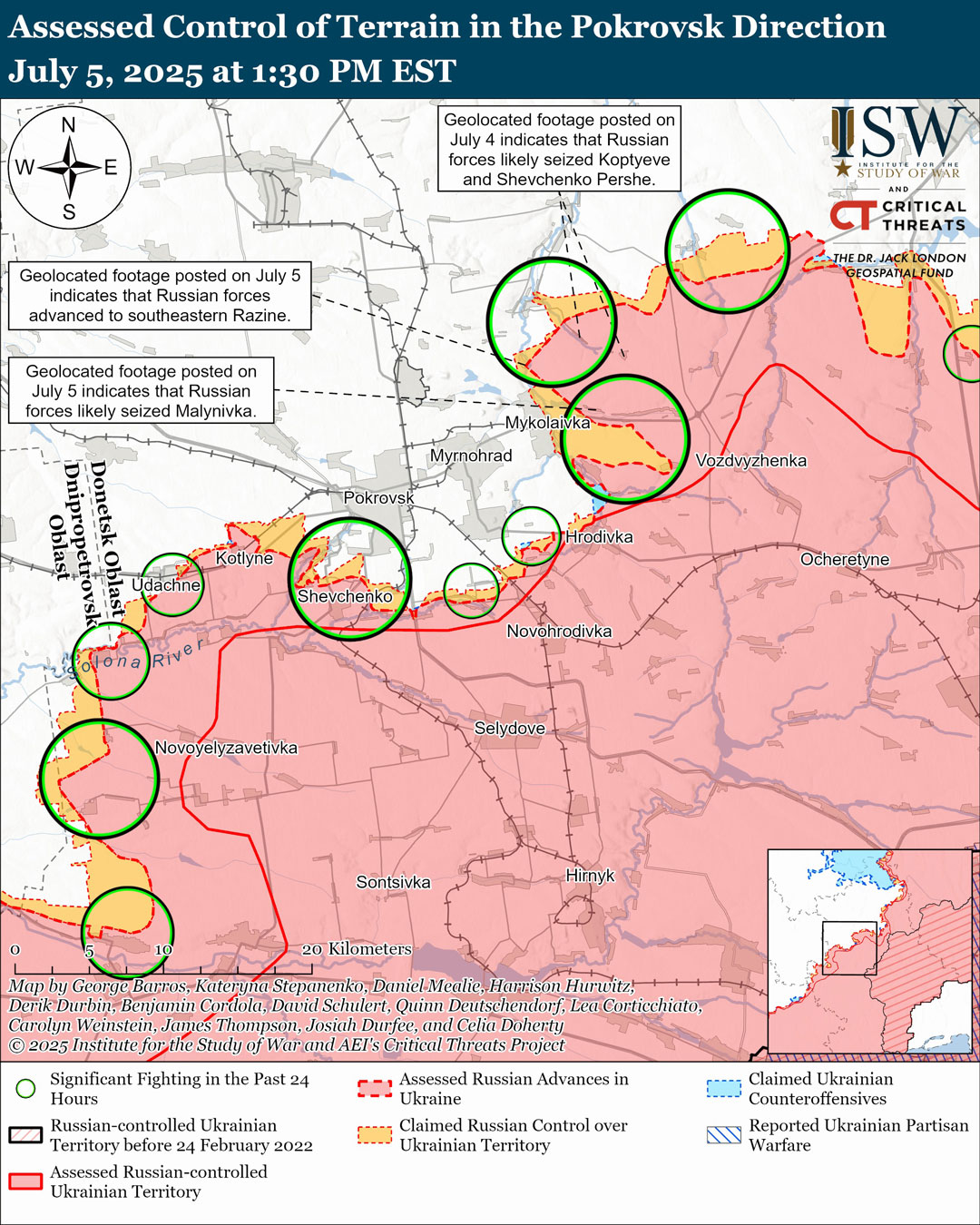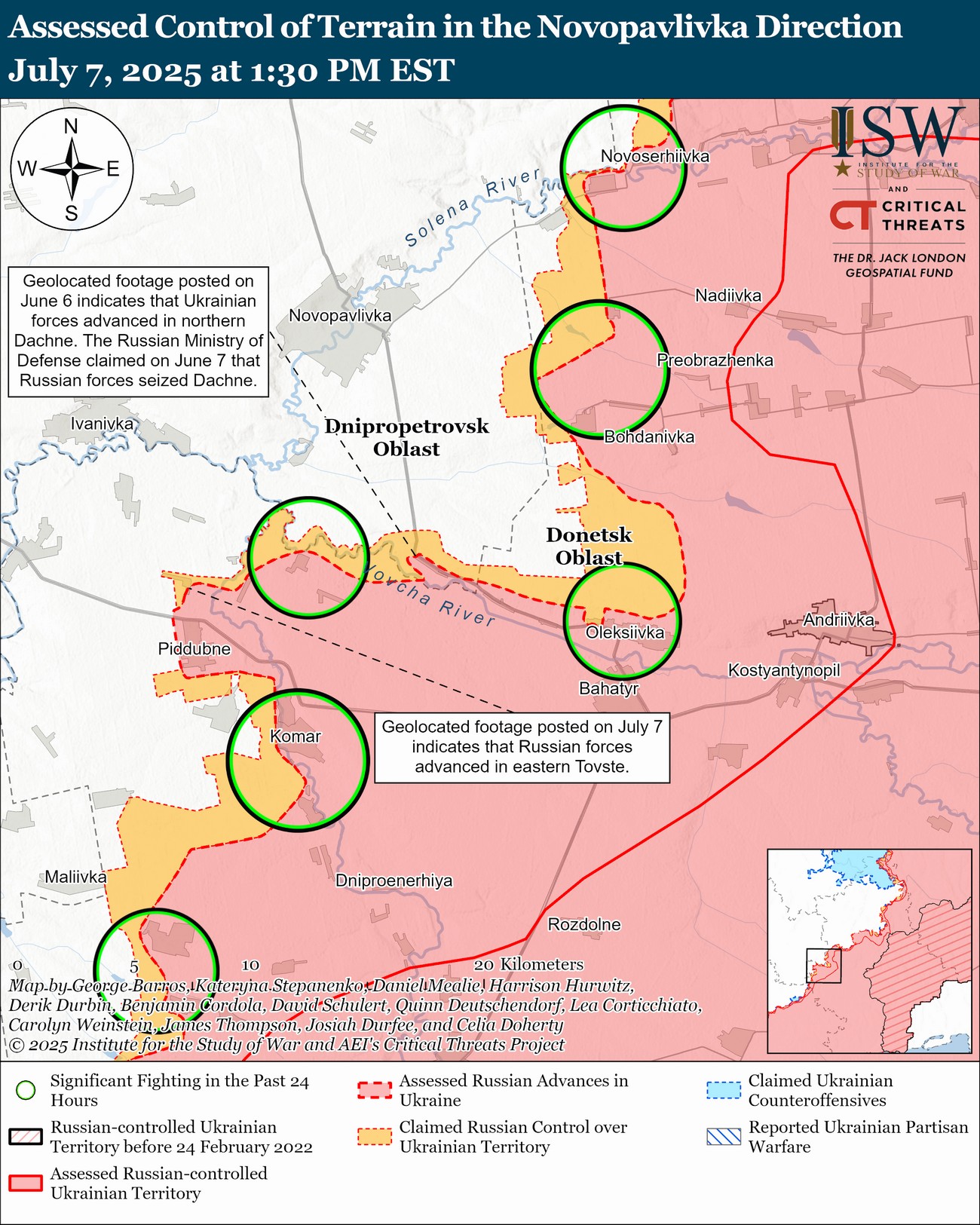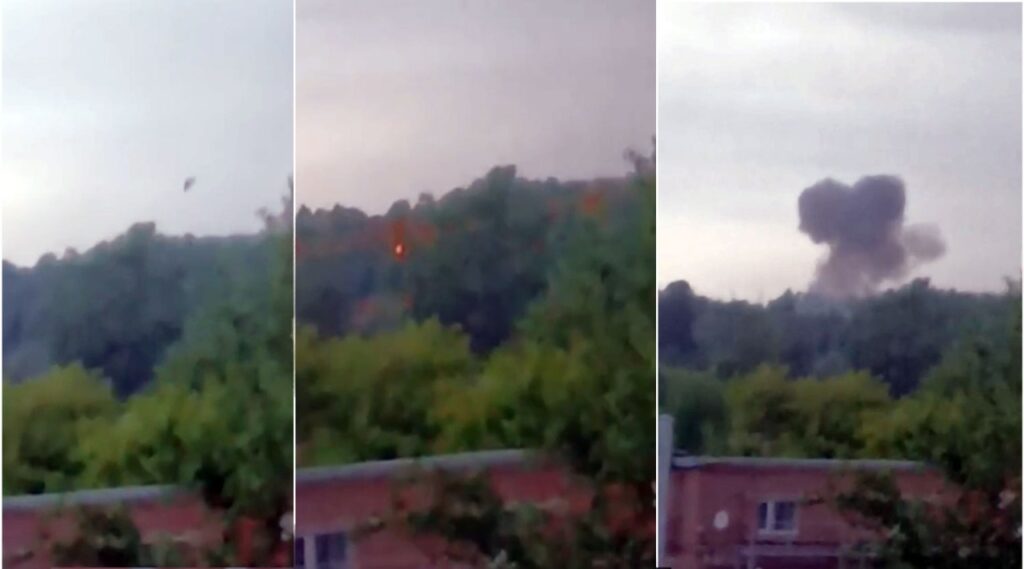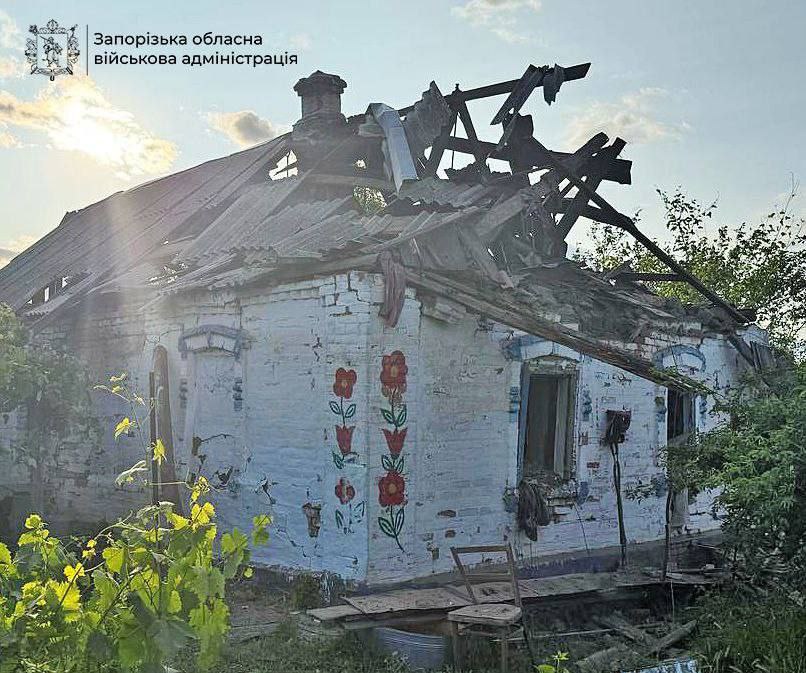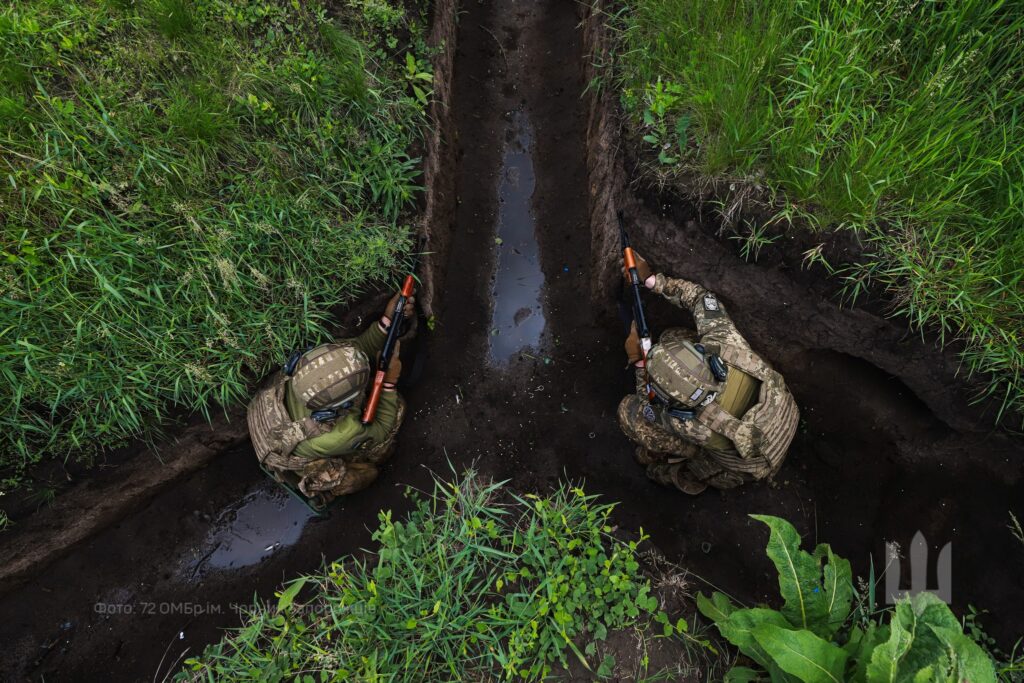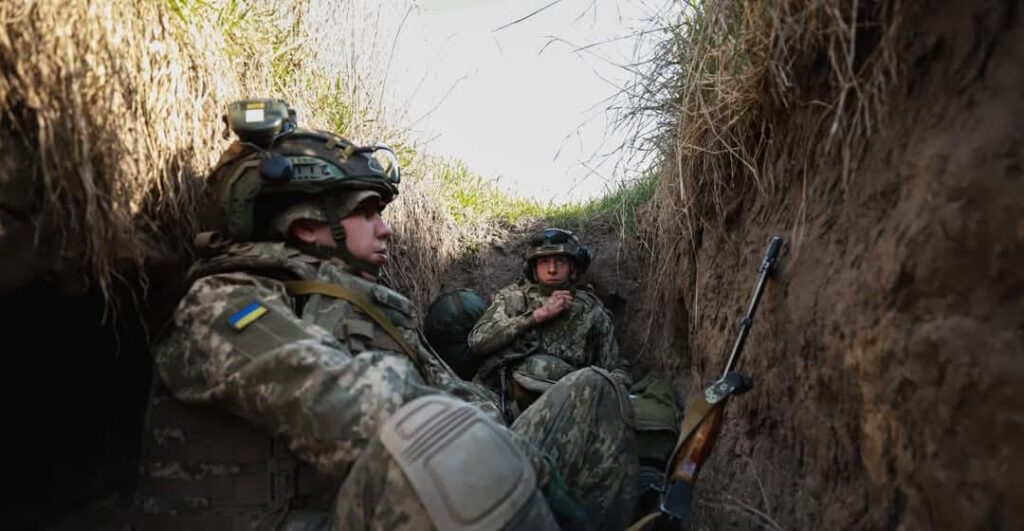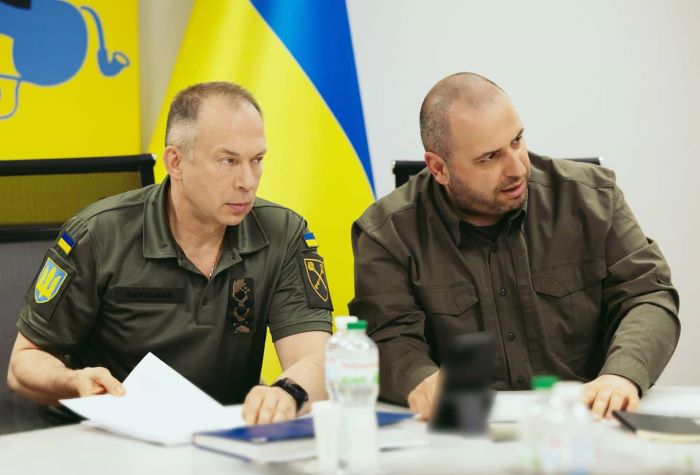One woman dead, child injured in Odesa as Russia sends 344 drones and 35 missiles overnight
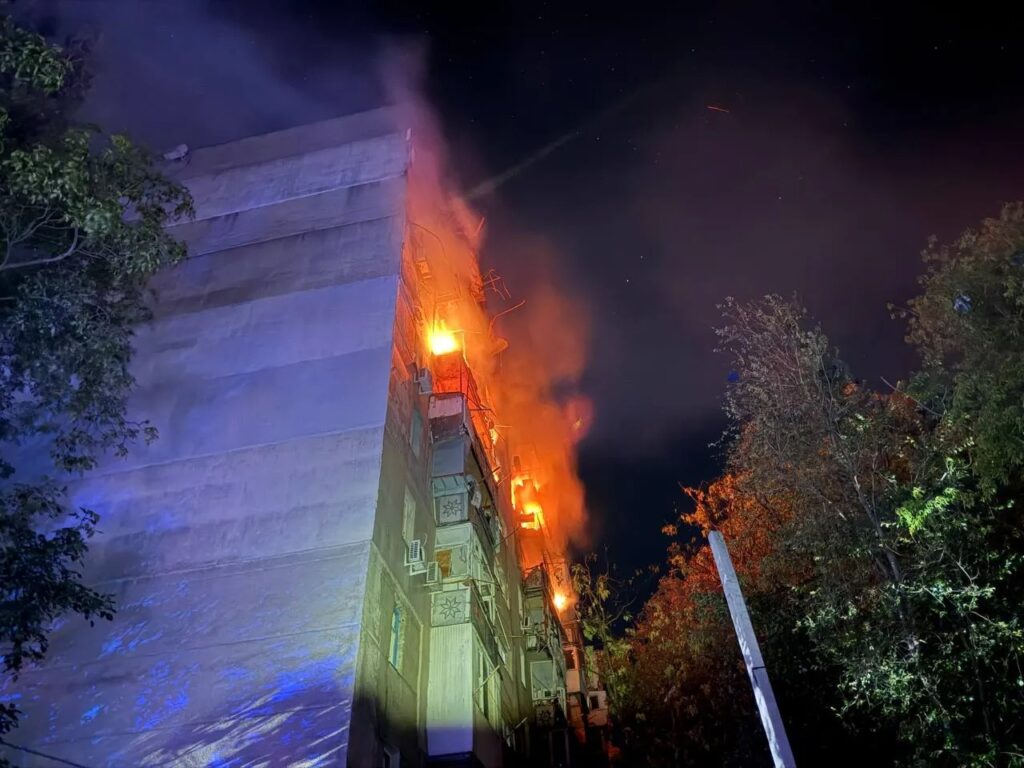
Last night, Russia resumed full-scale aerial strikes after several quieter days, launching almost 350 drones and 35 missiles in one night. Ukraine intercepted more than 200 Russian drones and missiles overnight, but dozens still broke through, hitting homes, schools, and civilian infrastructure in several regions, according to local authorities. The Russian drone assault killed a woman in Odesa and injured six more civilians, including a child. Meanwhile, Russian forces continued their “human safari” in Kherson, injuring two civilian men with a small drone.
Russia overwhelms air defenses with 379 aerial weapons
According to the Ukrainian Air Force, Russia launched a total of 379 aerial weapons overnight on 18–19 July. The strike included 344 Shahed-type drones and decoys, 12 Iskander-M ballistic missiles, eight Iskander-K cruise missiles, and 15 Kh-101 cruise missiles. Launches came from multiple directions: Bryansk, Kursk, Orel, Millerovo, Shatalovo, Primorsko-Akhtarsk, occupied Crimea, and from Russian aircraft over Saratov Oblast.
Despite the heavy interception effort, five missiles and 30 drones struck civilian and infrastructure targets in 12 locations, while drone debris fell and caused additional damage in at least seven more, the AF says.
Odesa drone strike kills woman, injures six
In Odesa, over 20 Shahed drones approached from different directions, local authorities reported. One hit a nine-story residential building, sparking a fire that engulfed the upper floors. Emergency services rescued five people from the building. One of the rescued victims, a woman, died from her injuries.
In total, the attack injured six civilians, including a child. Prosecutors opened a war crimes case under Article 438 of Ukraine’s Criminal Code.
Pavlohrad hit by most massive strike since invasion
In Pavlohrad, Dnipropetrovsk Oblast, Russian forces launched over 100 drones and missiles at the city. Officials described it as the most massive strike on Pavlohrad to date. Explosions damaged a fire station, multiple industrial sites, a school, and a five-story residential building.
Regional head Serhii Lysak later confirmed that nine apartment buildings, a private home, and an educational facility were damaged. No injuries were reported.
Kyiv rooftop struck, but no casualties
In Kyiv, falling debris from an intercepted drone damaged the roof of a residential building in the Darniytskyi district. The Kyiv Military Administration reported no fire or injuries.
In Kyiv Oblast, the air defenders intercepted more than 20 drones. In the Vyshhorod district, a civilian car was damaged. No casualties were reported.
Shostka bombed with drones and guided munitions
In Sumy Oblast, Shostka came under attack for nearly four hours overnight, injuring locals. In the morning, Russian forces added guided air-dropped bombs to the assault. Six bomb strikes were confirmed on the Shostka community.
Mayor Mykola Noha confirmed infrastructure destruction, with damage to two apartment buildings and four private homes. No injuries were reported.
Infrastructure hit in Chernihiv Oblast
In Chernihiv Oblast, Shahed drone strikes damaged infrastructure in Nizhyn and the village of Vypovziv. Local officials confirmed three direct drone hits. No casualties were reported.
Blast shakes Zaporizhzhia
Suspilne reported an explosion, heard in several districts of Zaporizhzhia this morning.
Russia’s “human safari” targets civilians in Kherson
Separate from the mass long-range drone and missile strike, a Russian drone deliberately attacked a private home in Kherson’s Korabelnyi district around 04:00. Two civilian men, aged 28 and 34, were wounded and hospitalized in moderate condition.
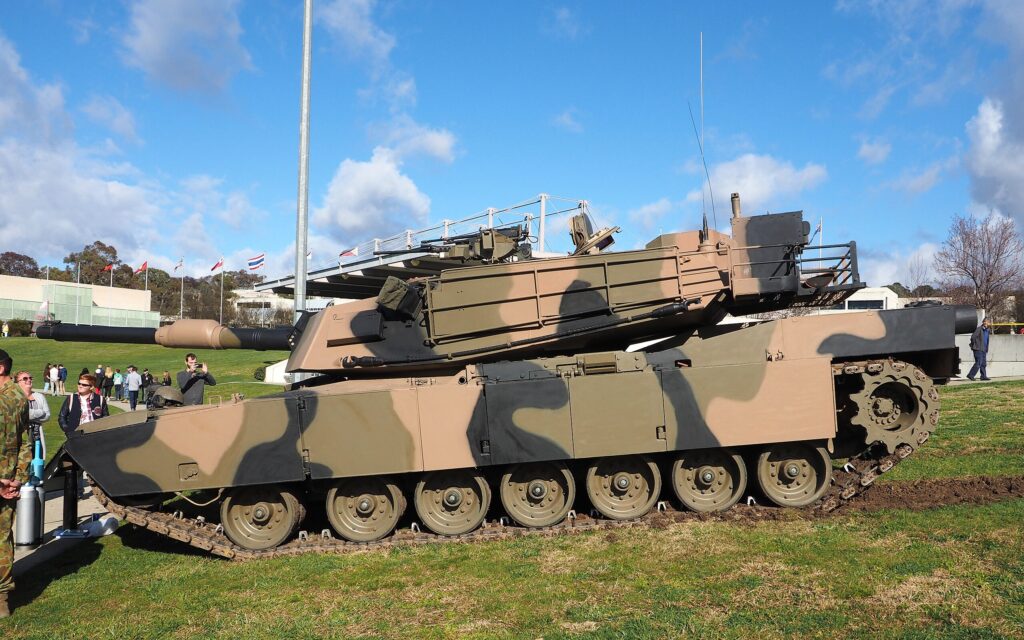


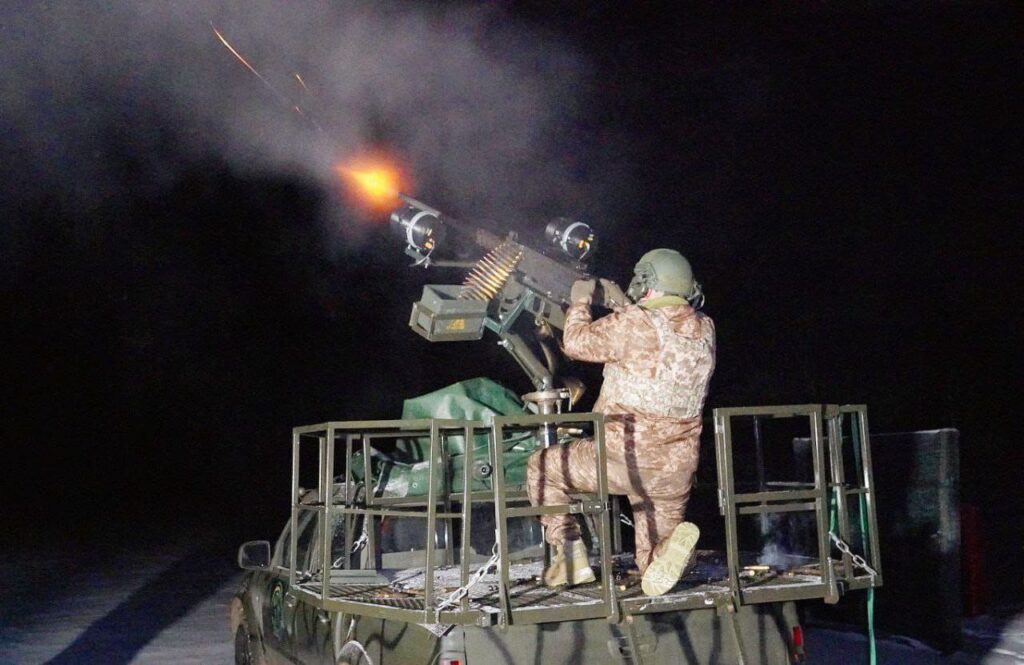
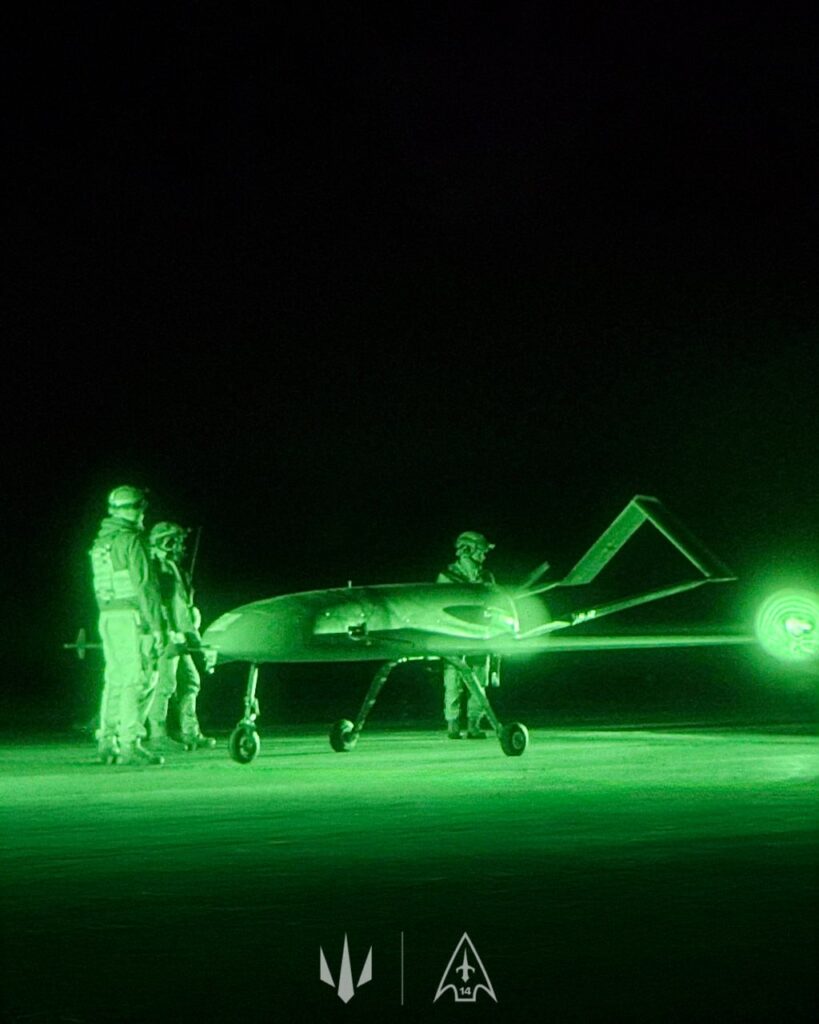
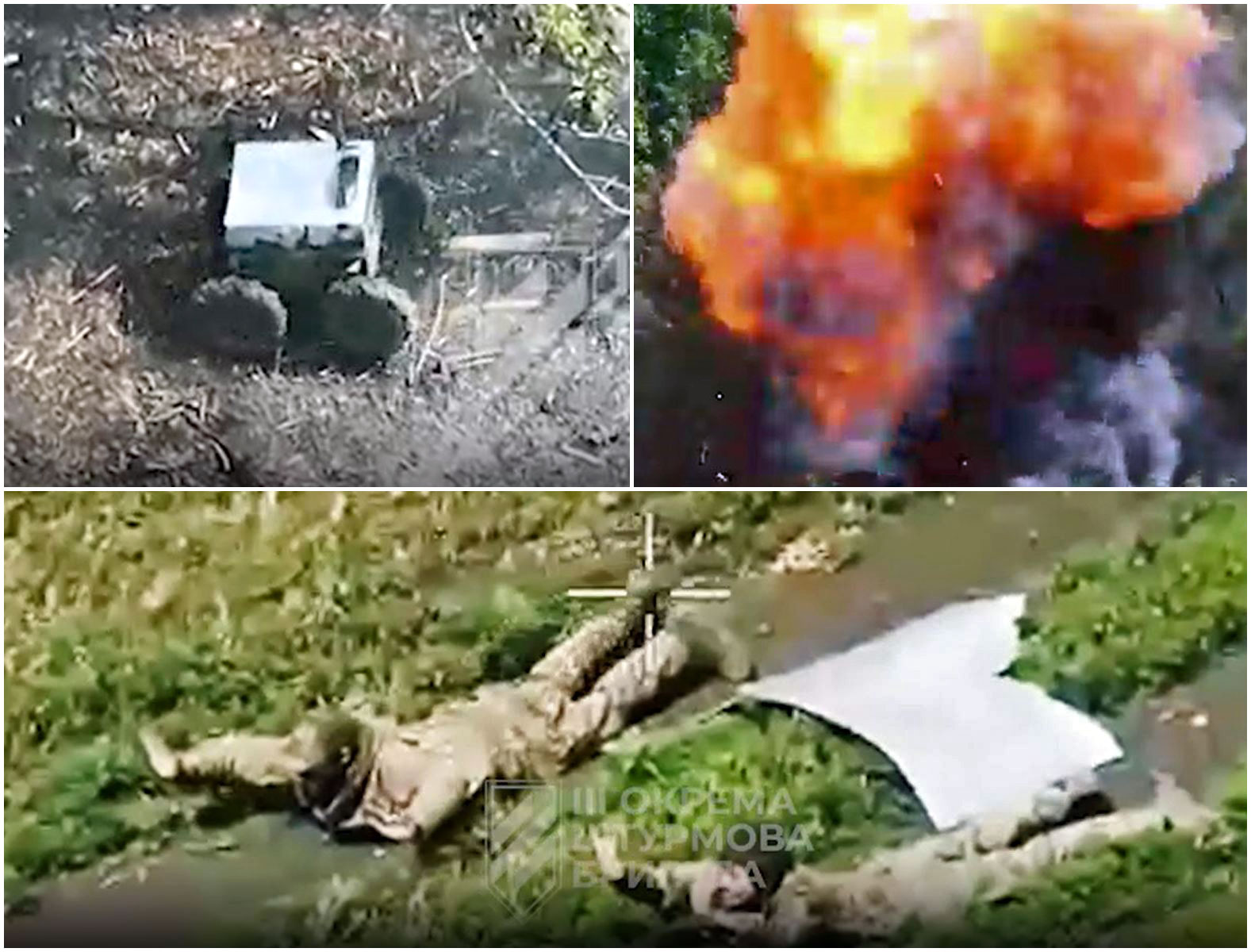
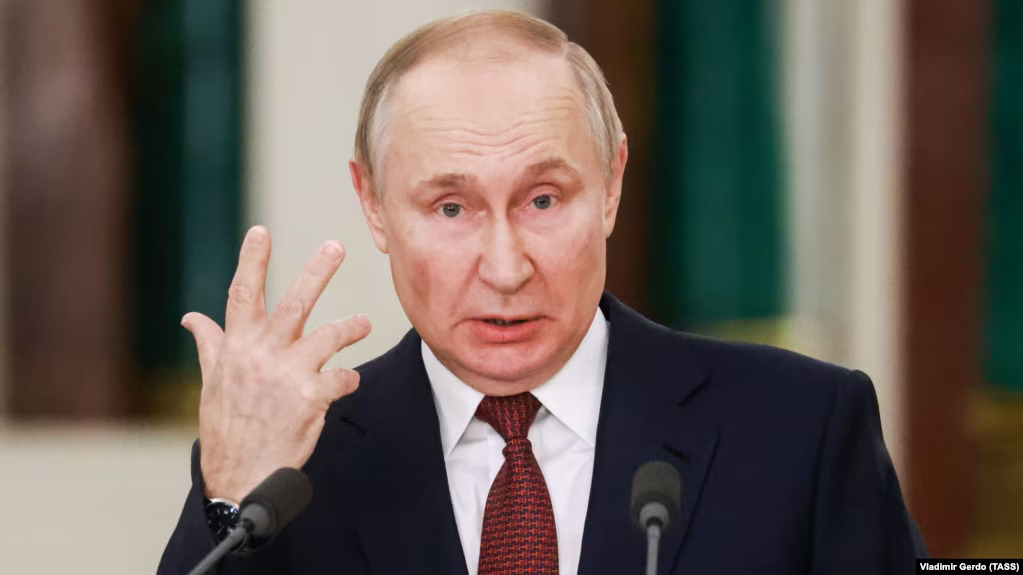
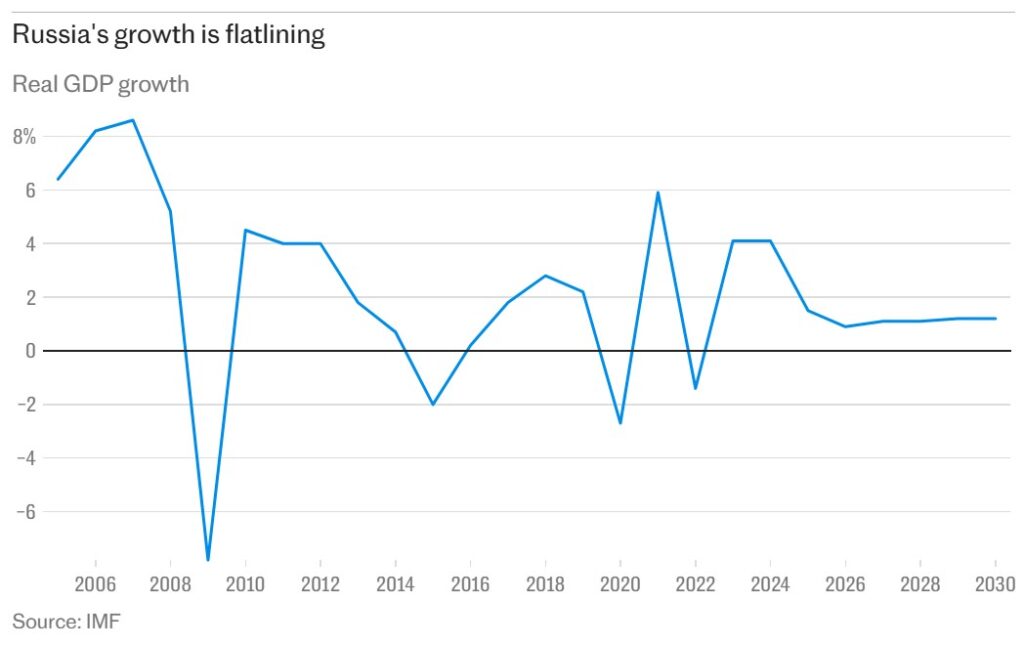
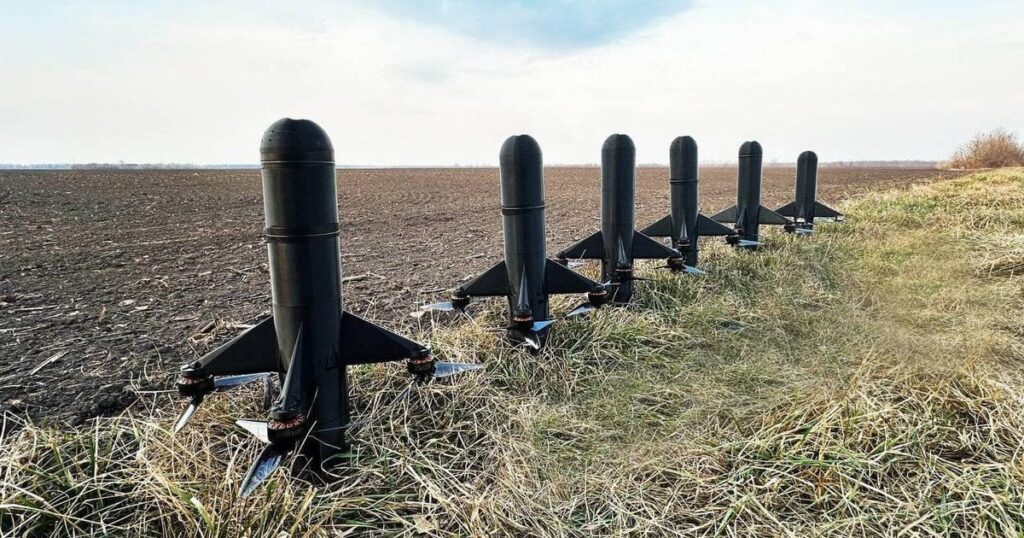
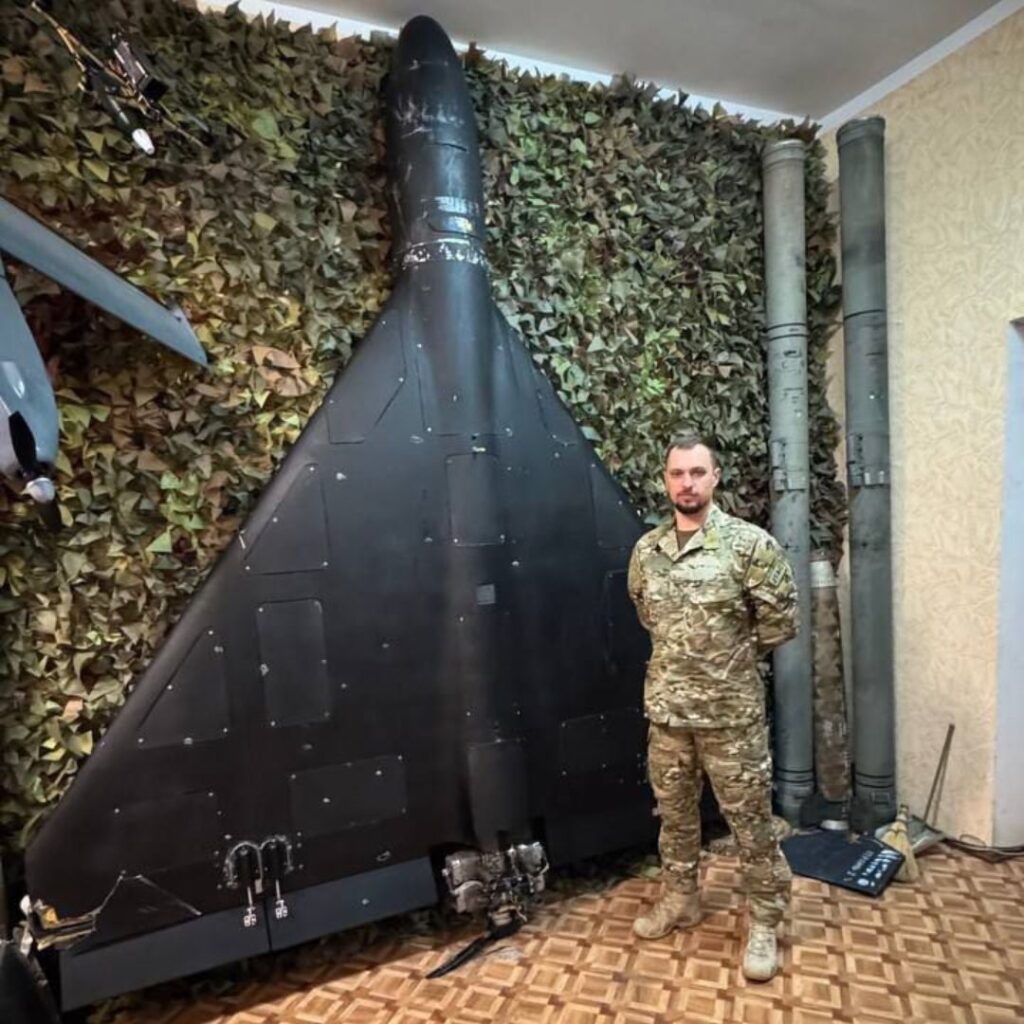
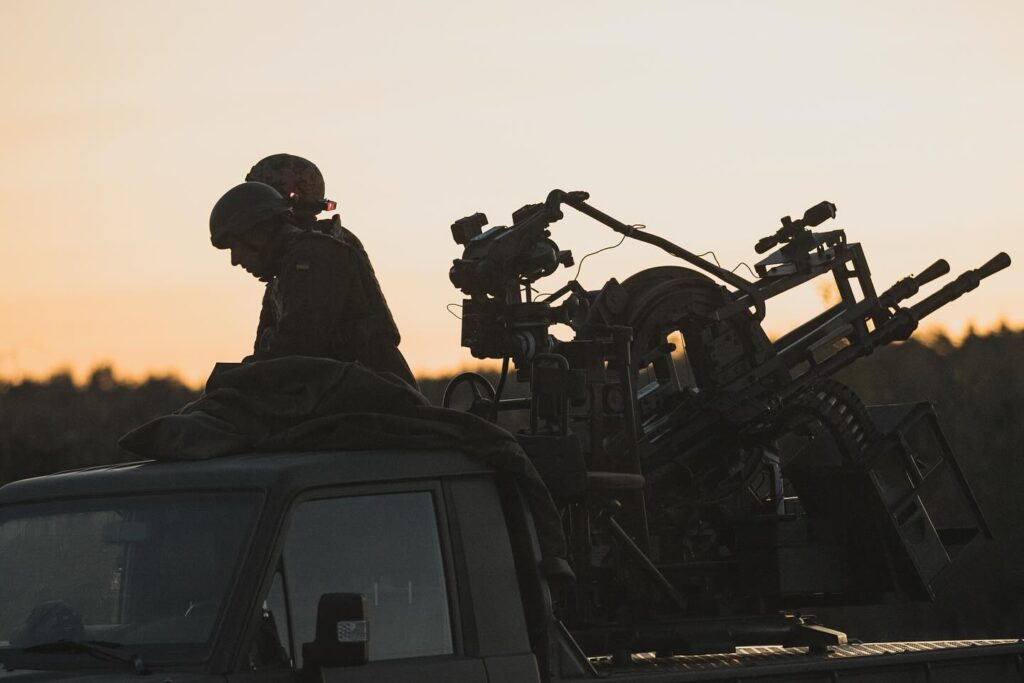

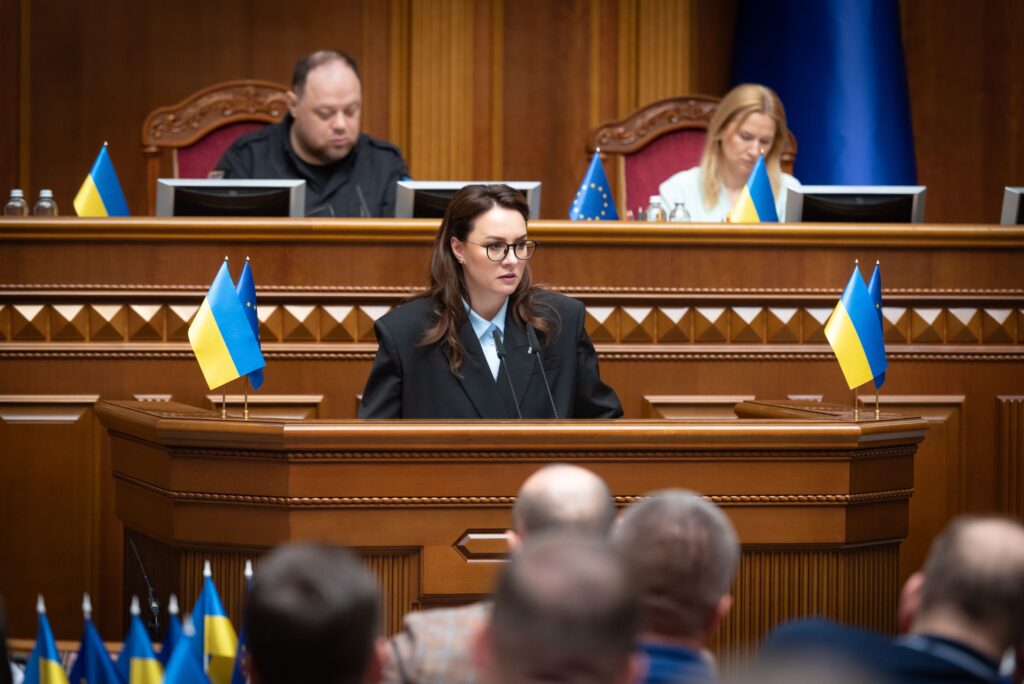
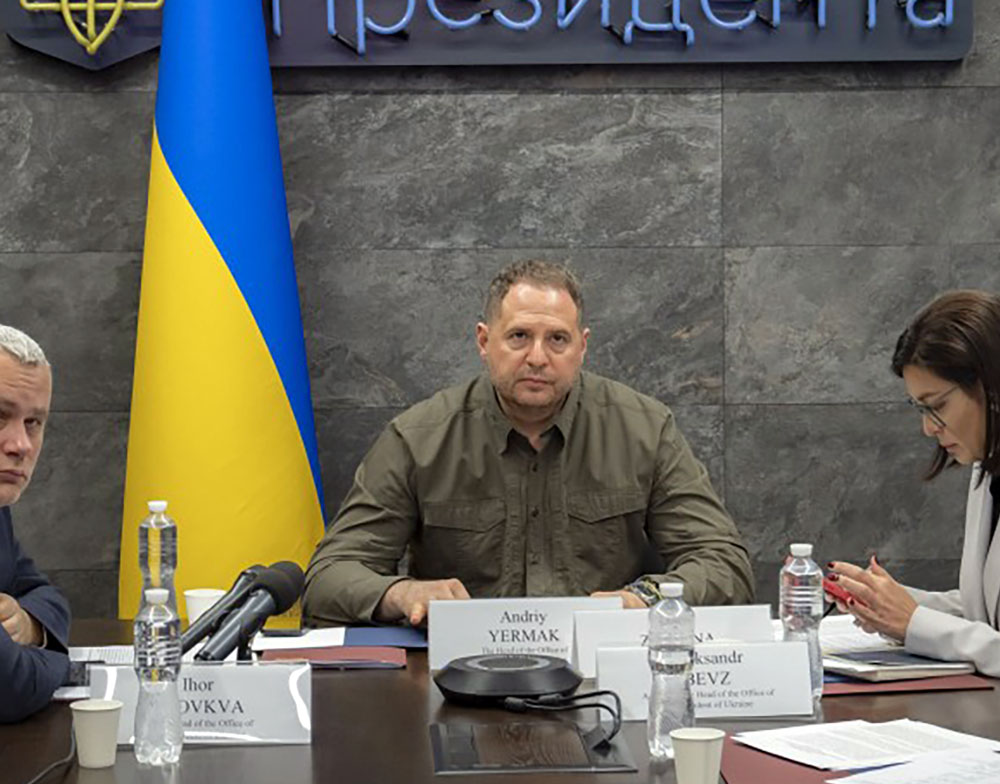

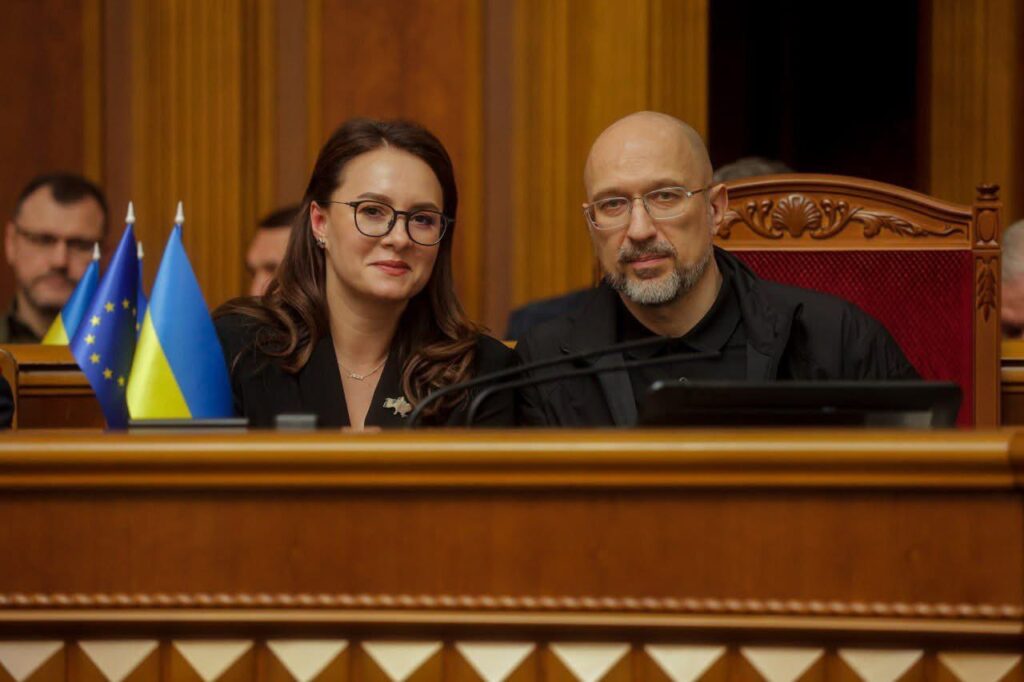
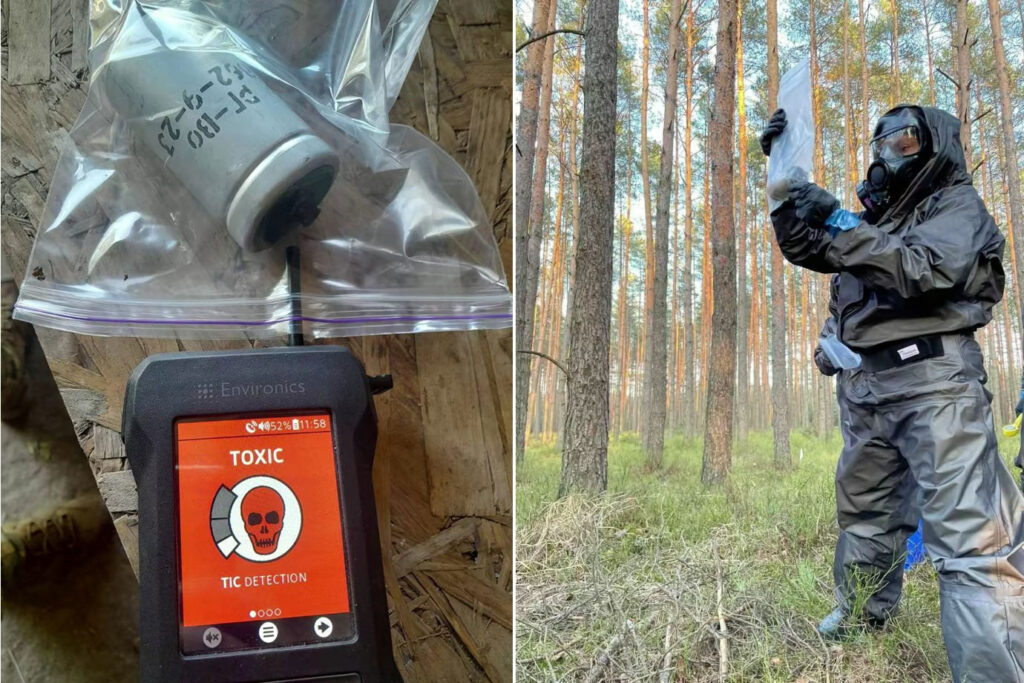

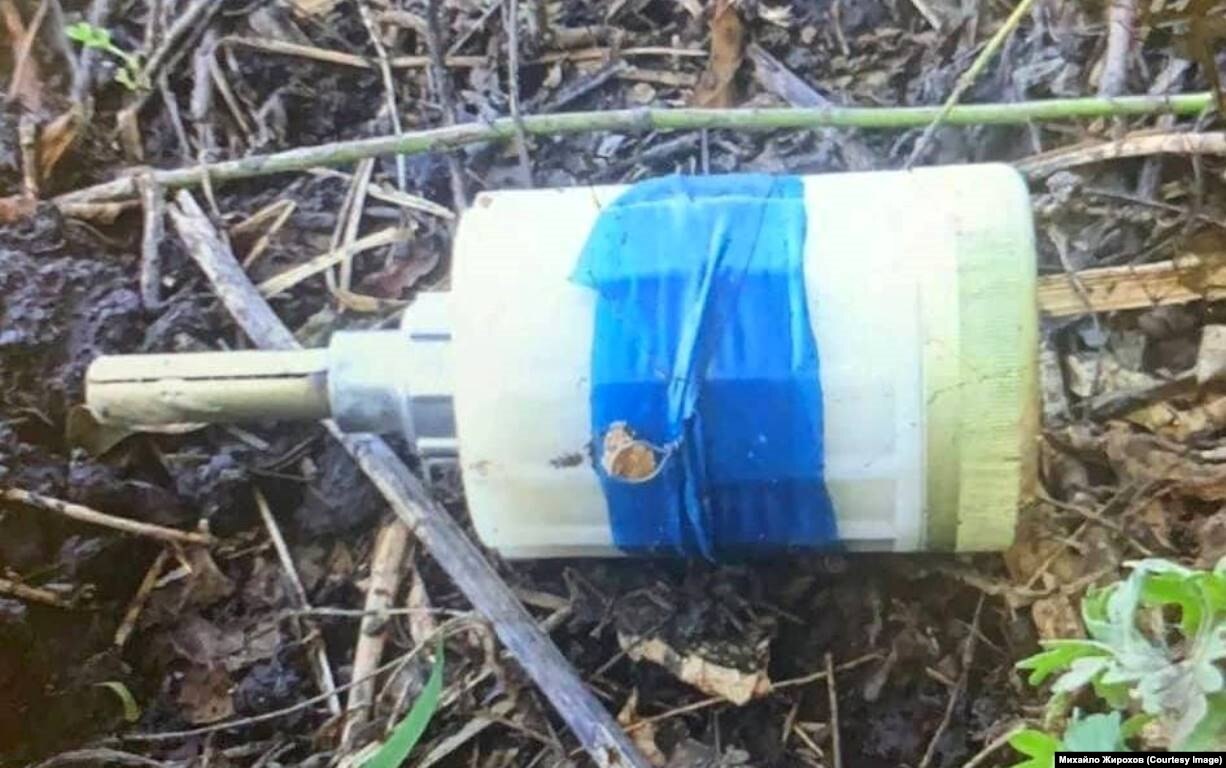
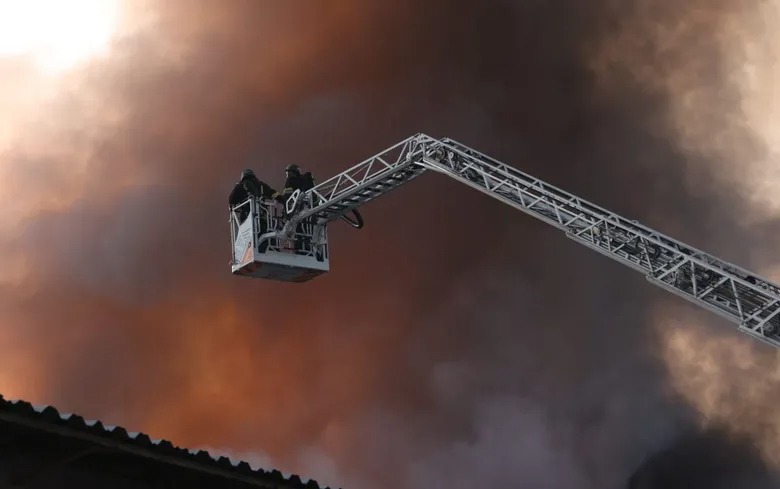


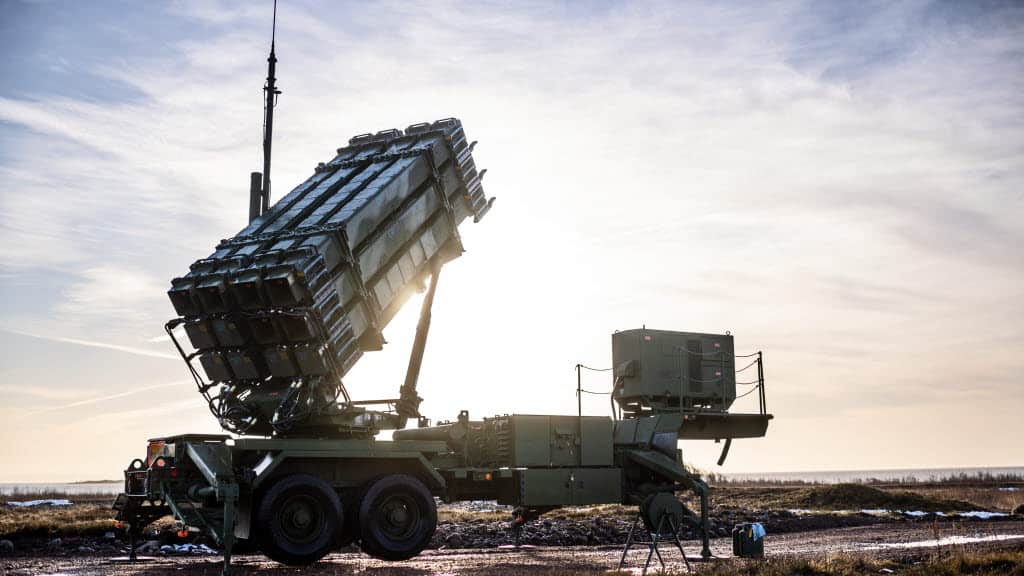
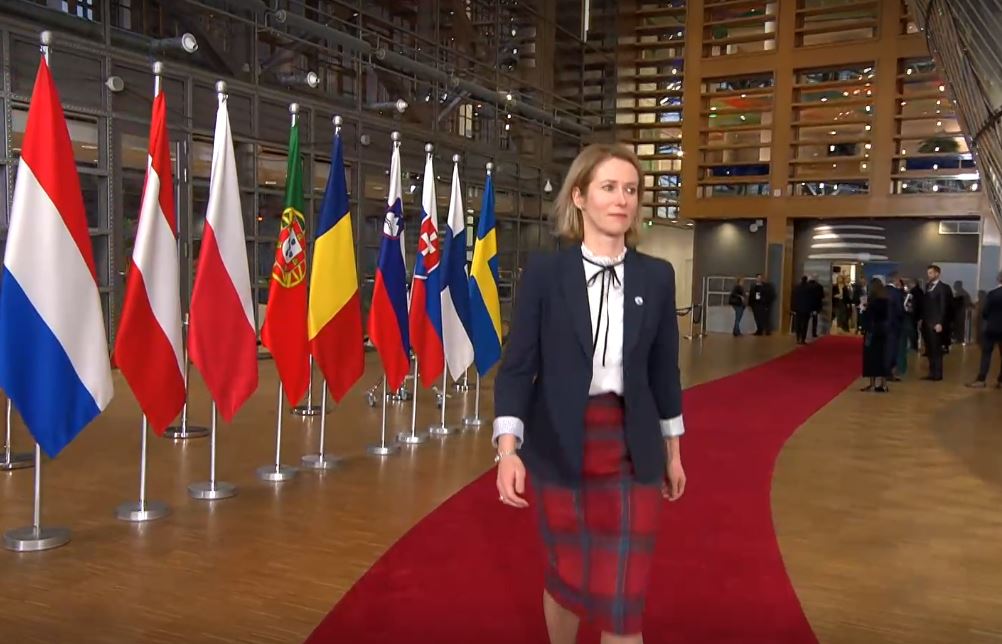
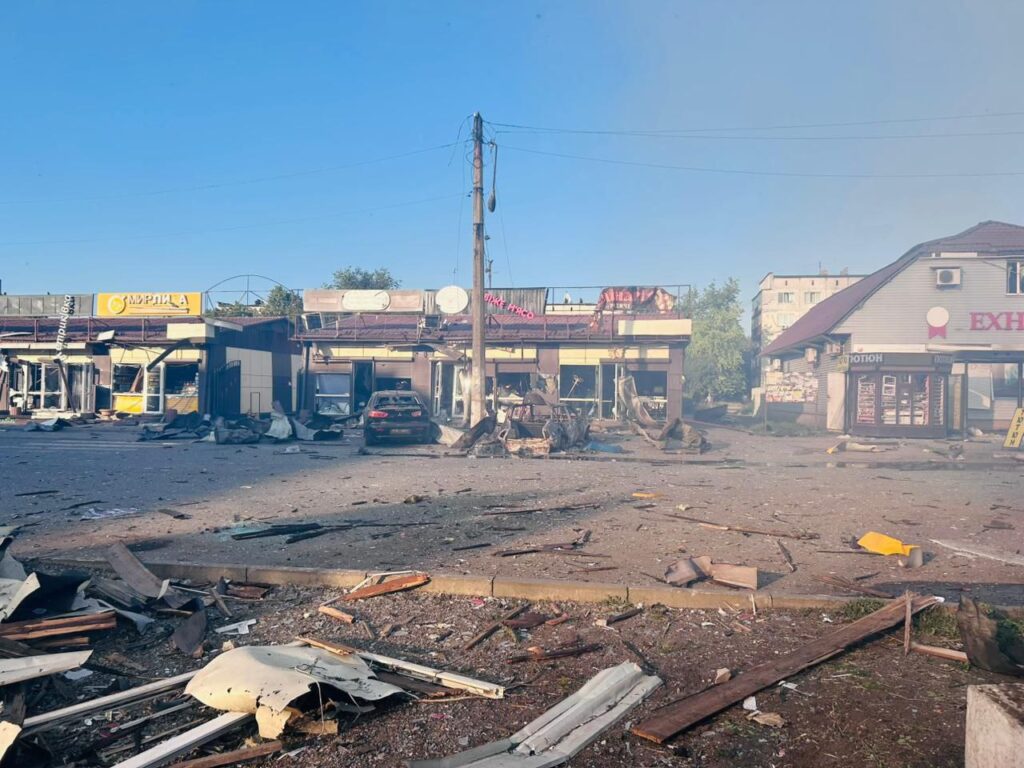
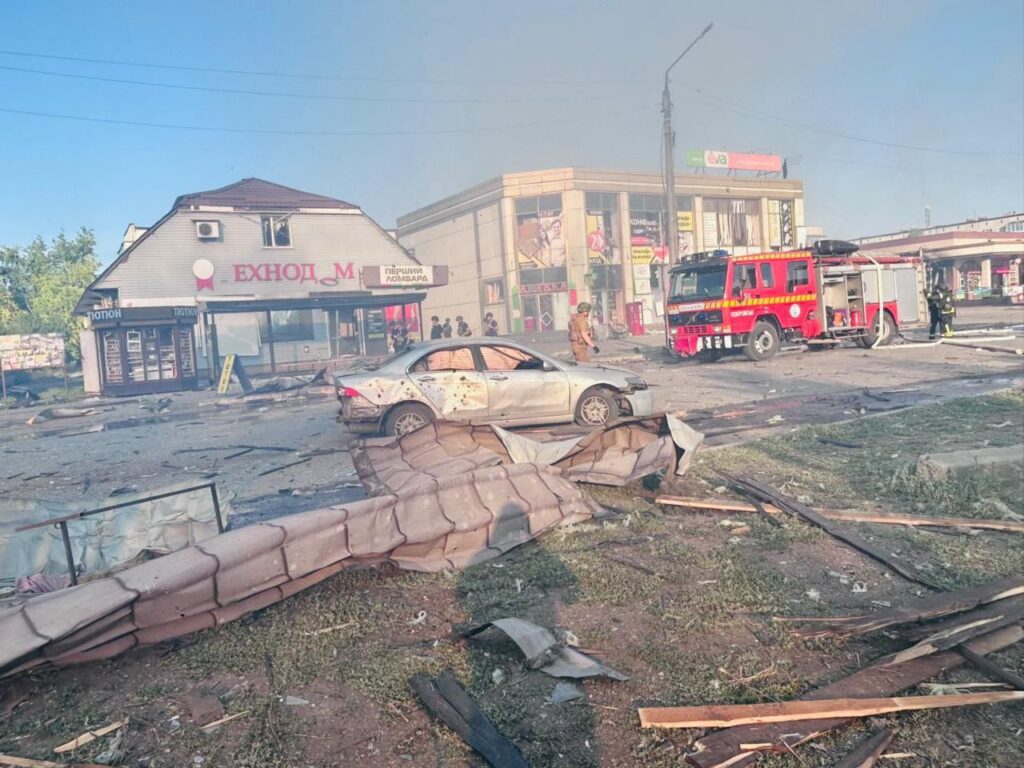


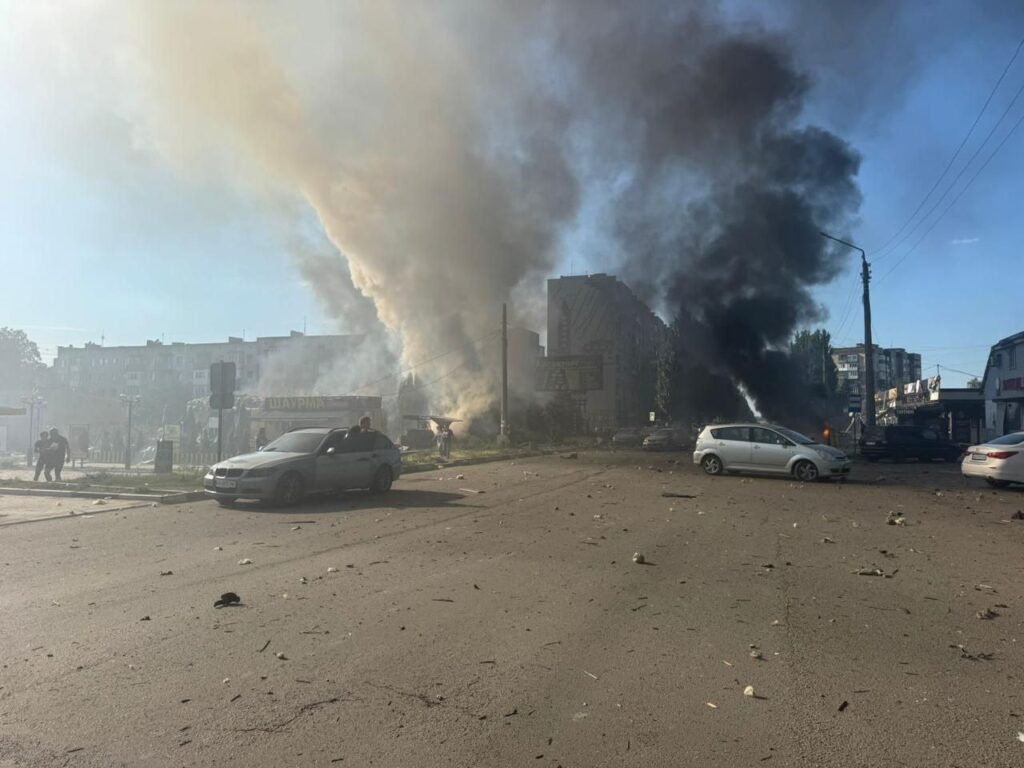

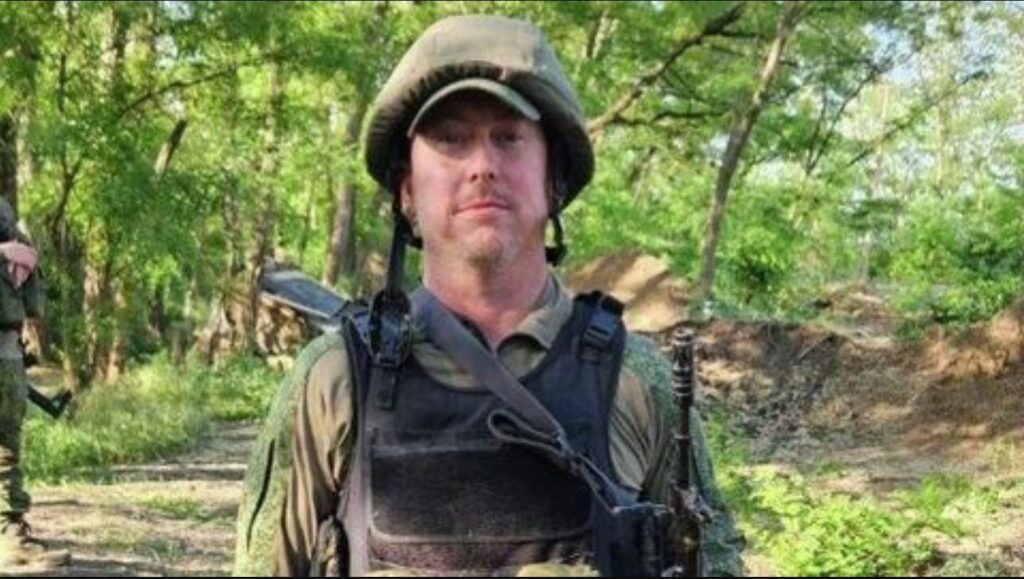
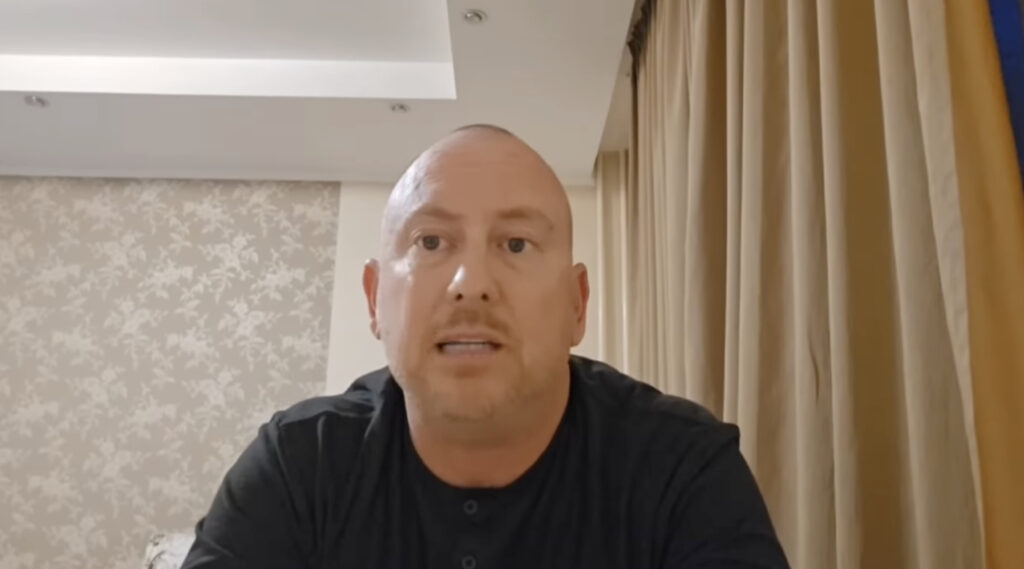




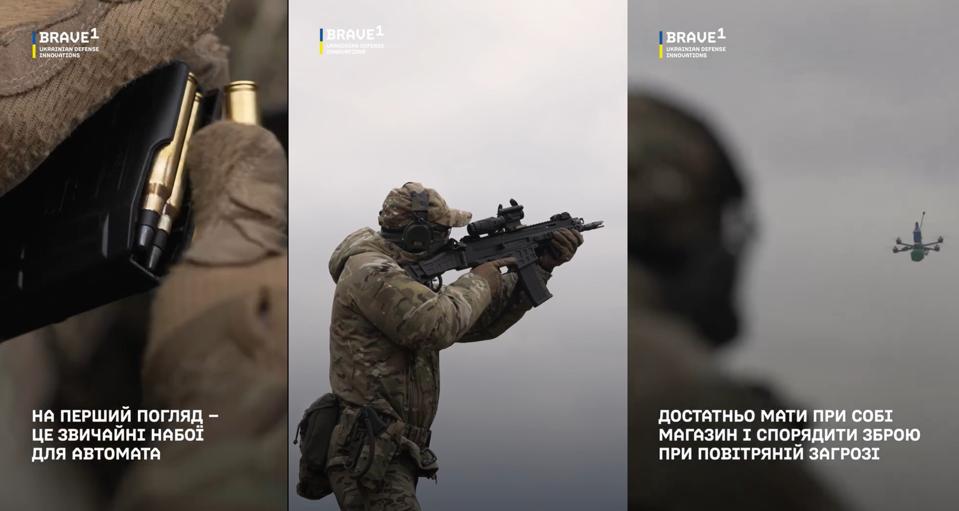

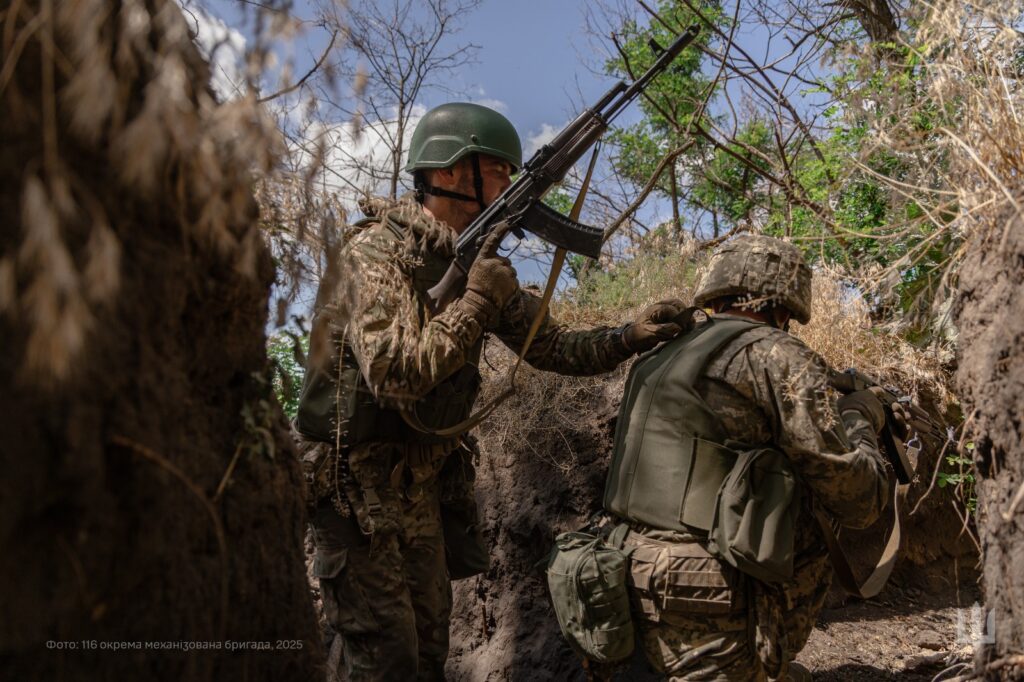
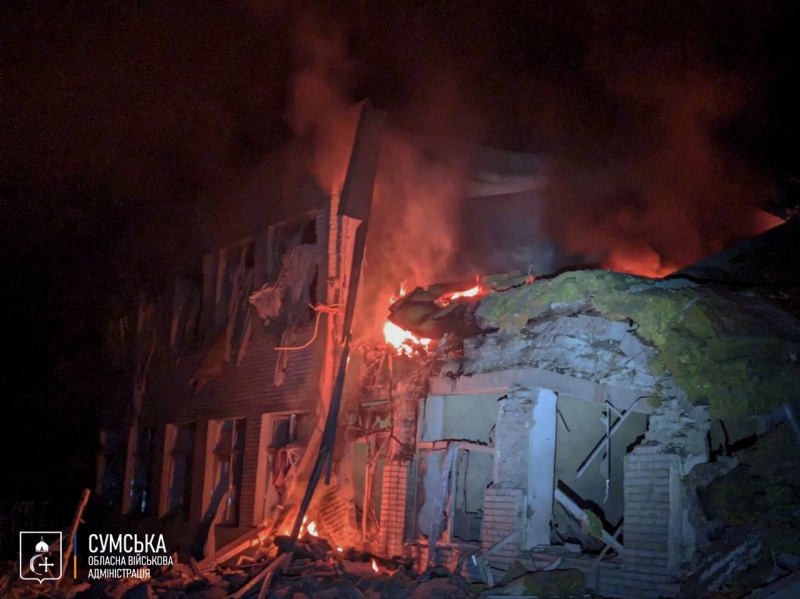

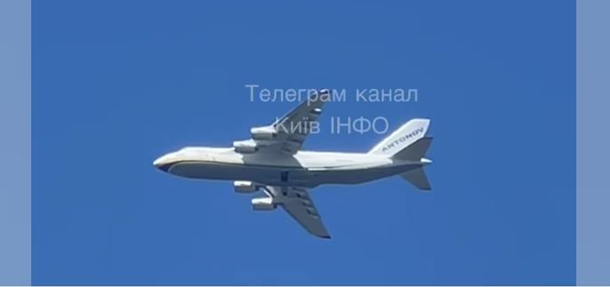
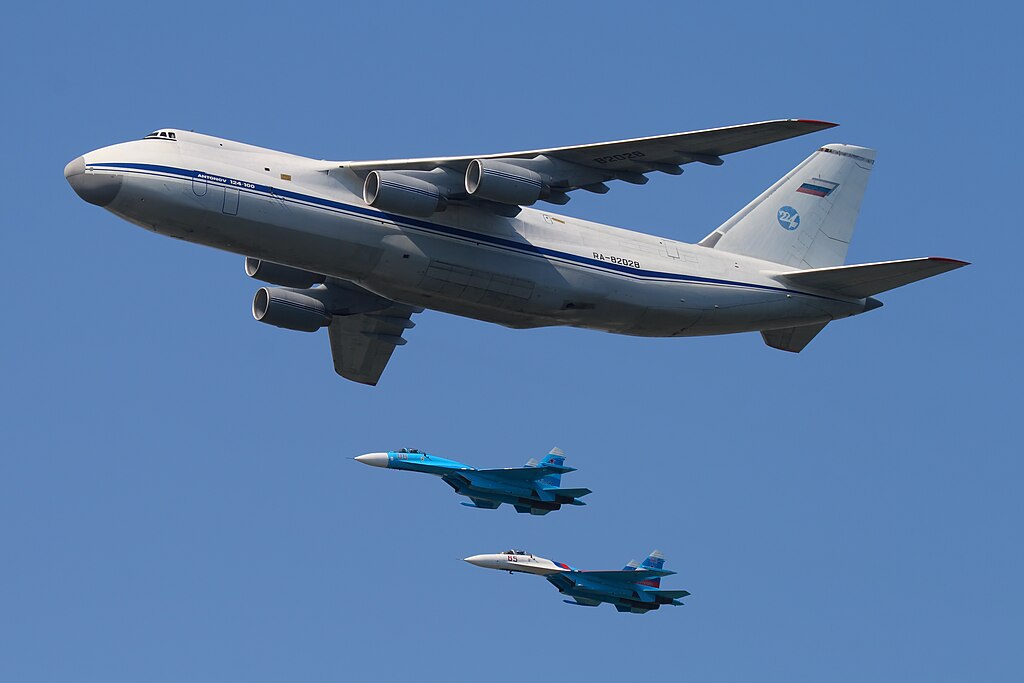

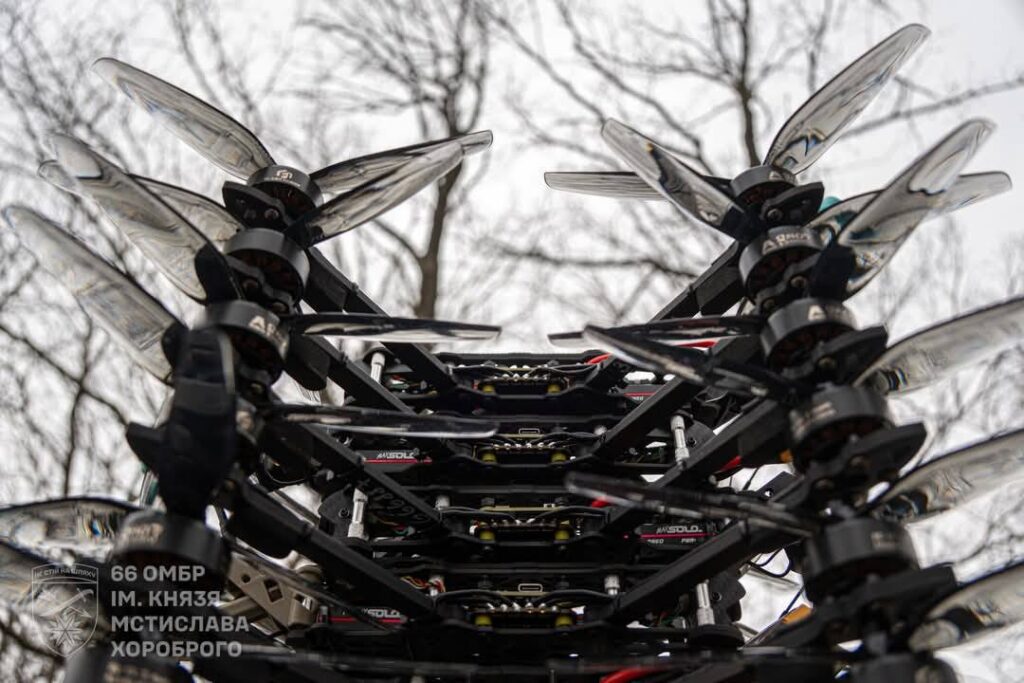
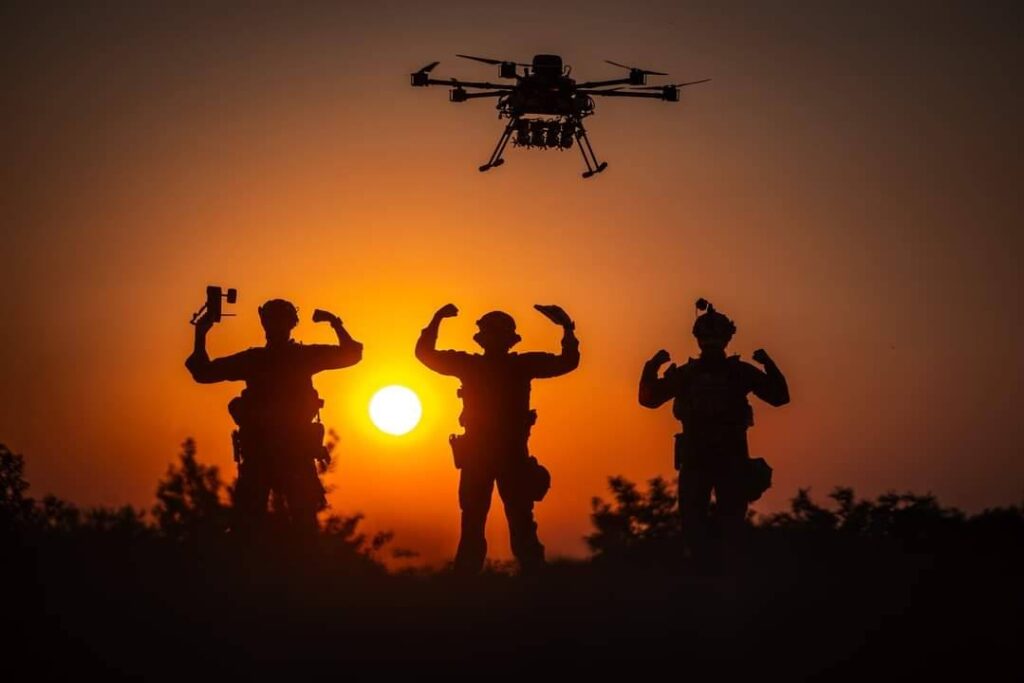
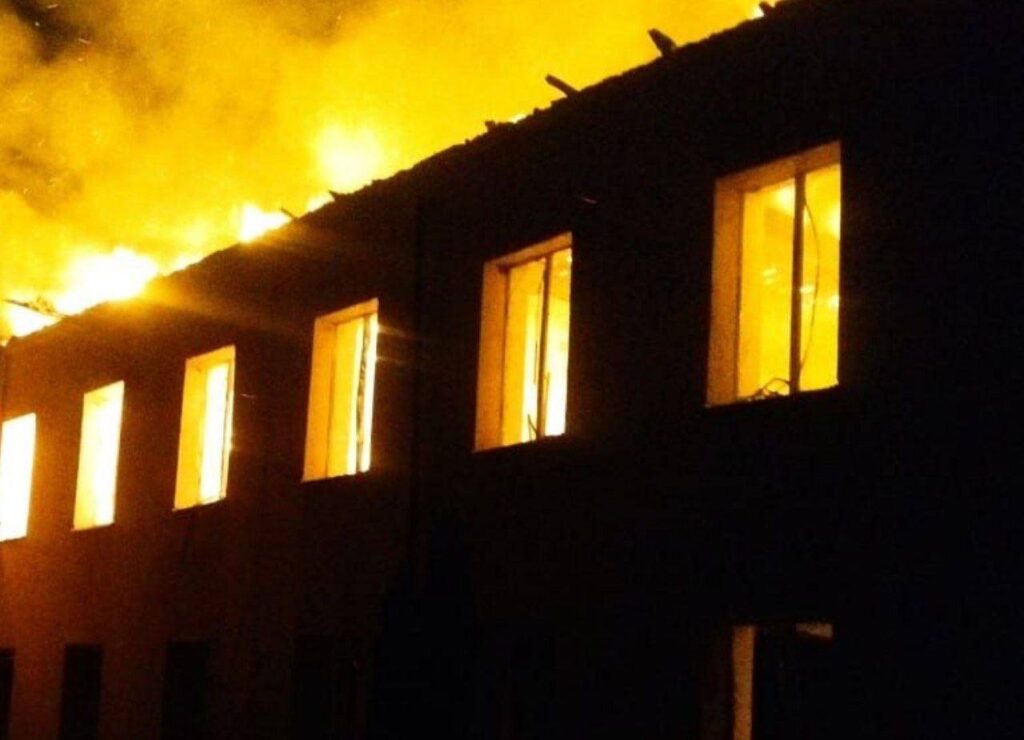

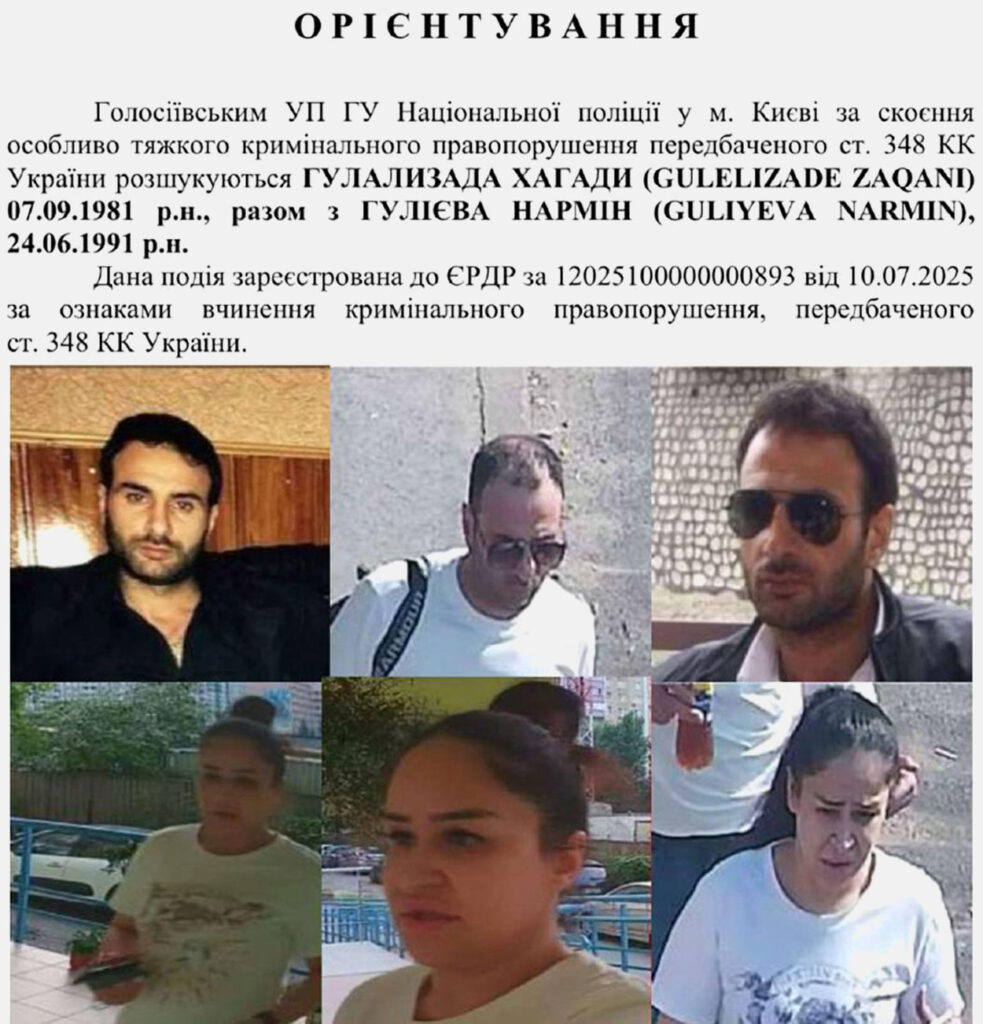
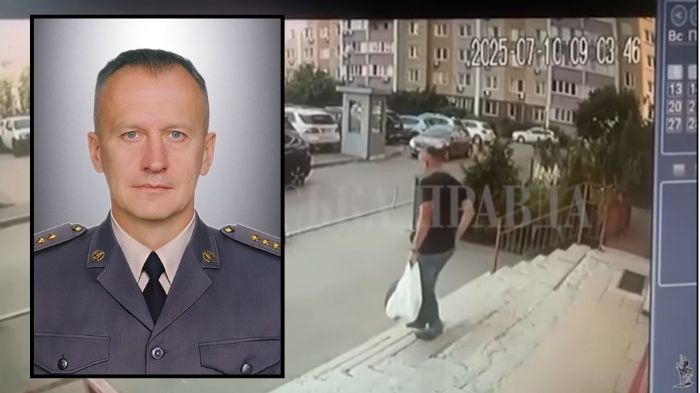
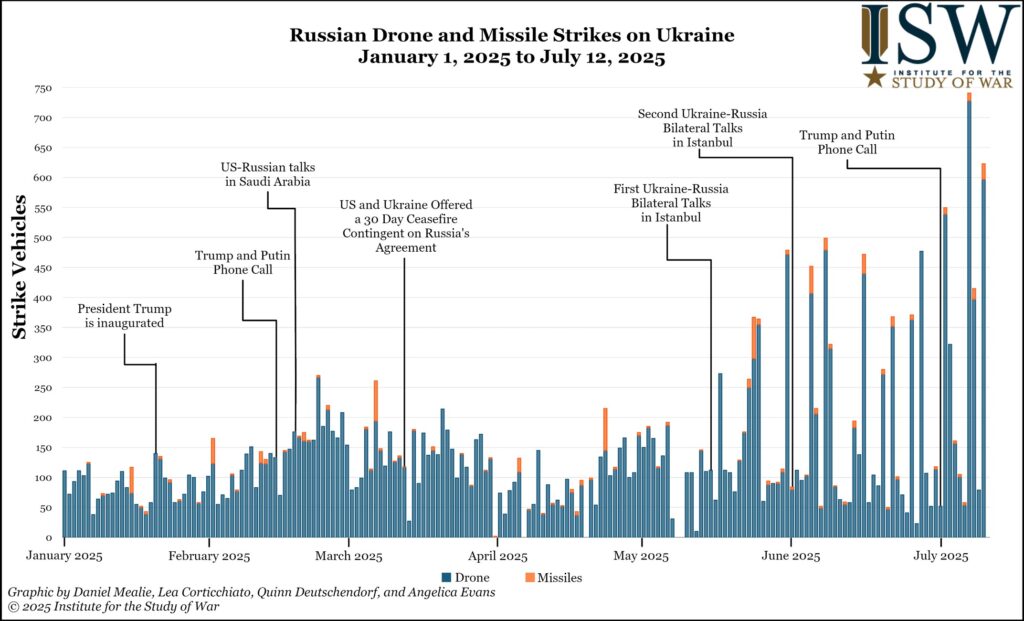
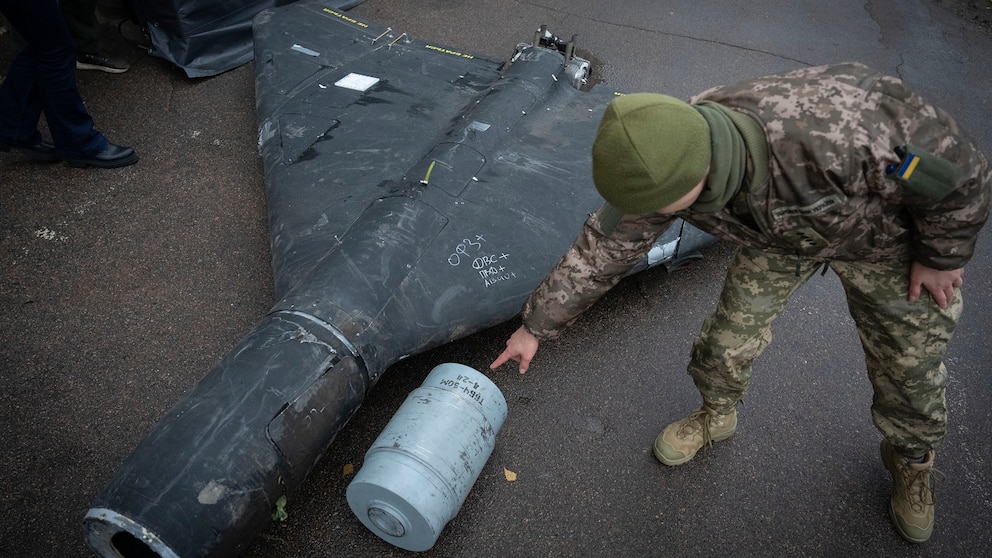
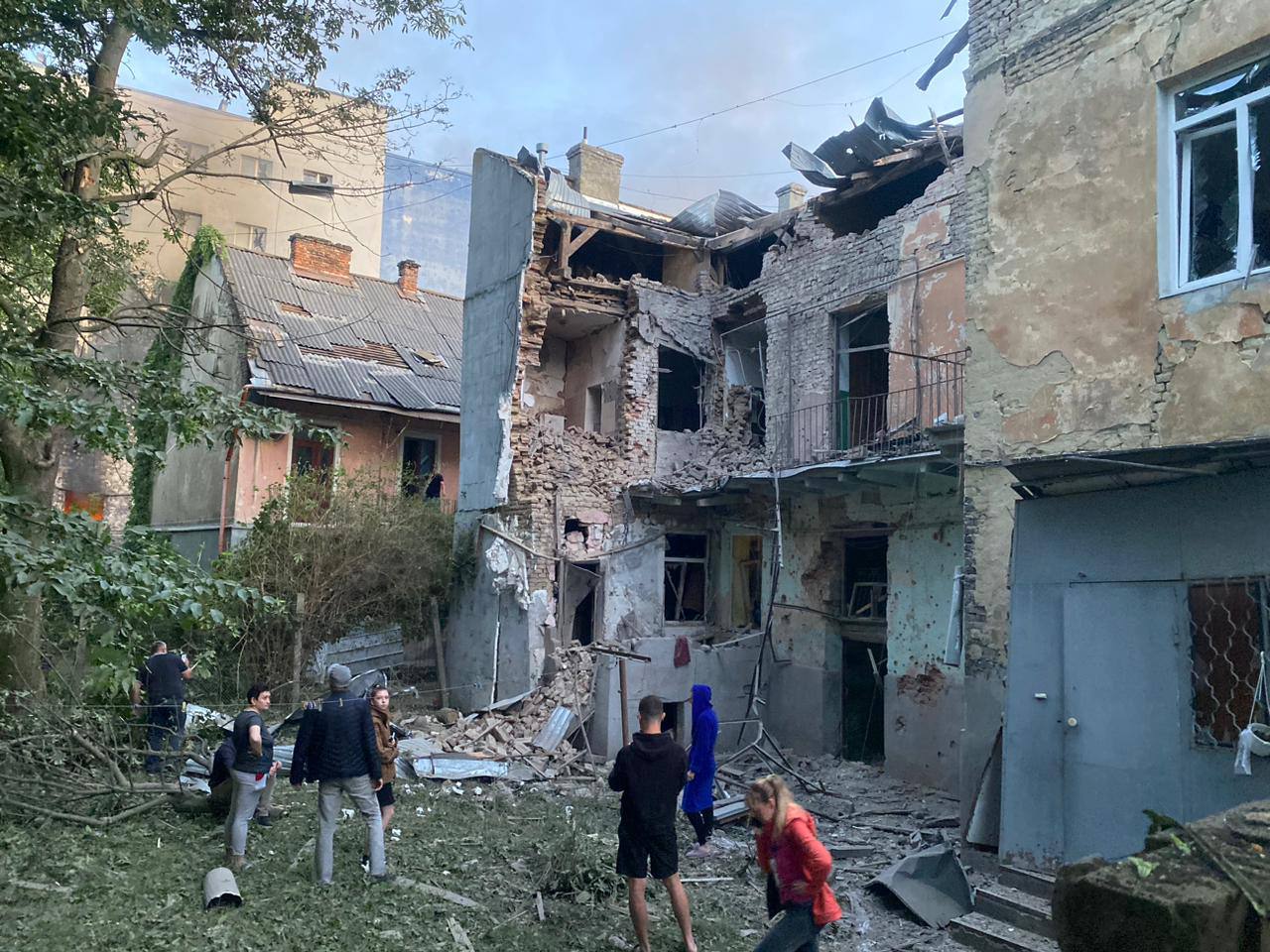

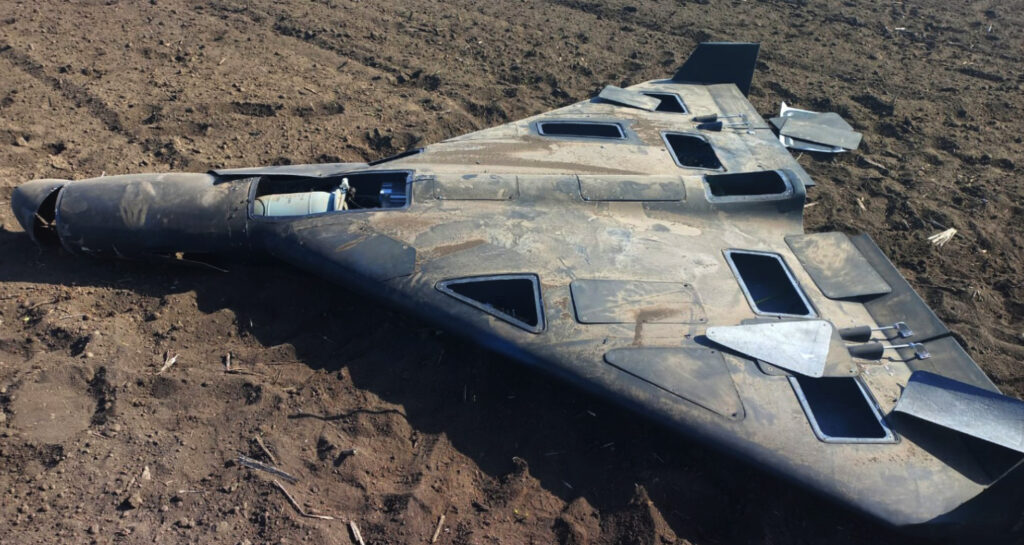


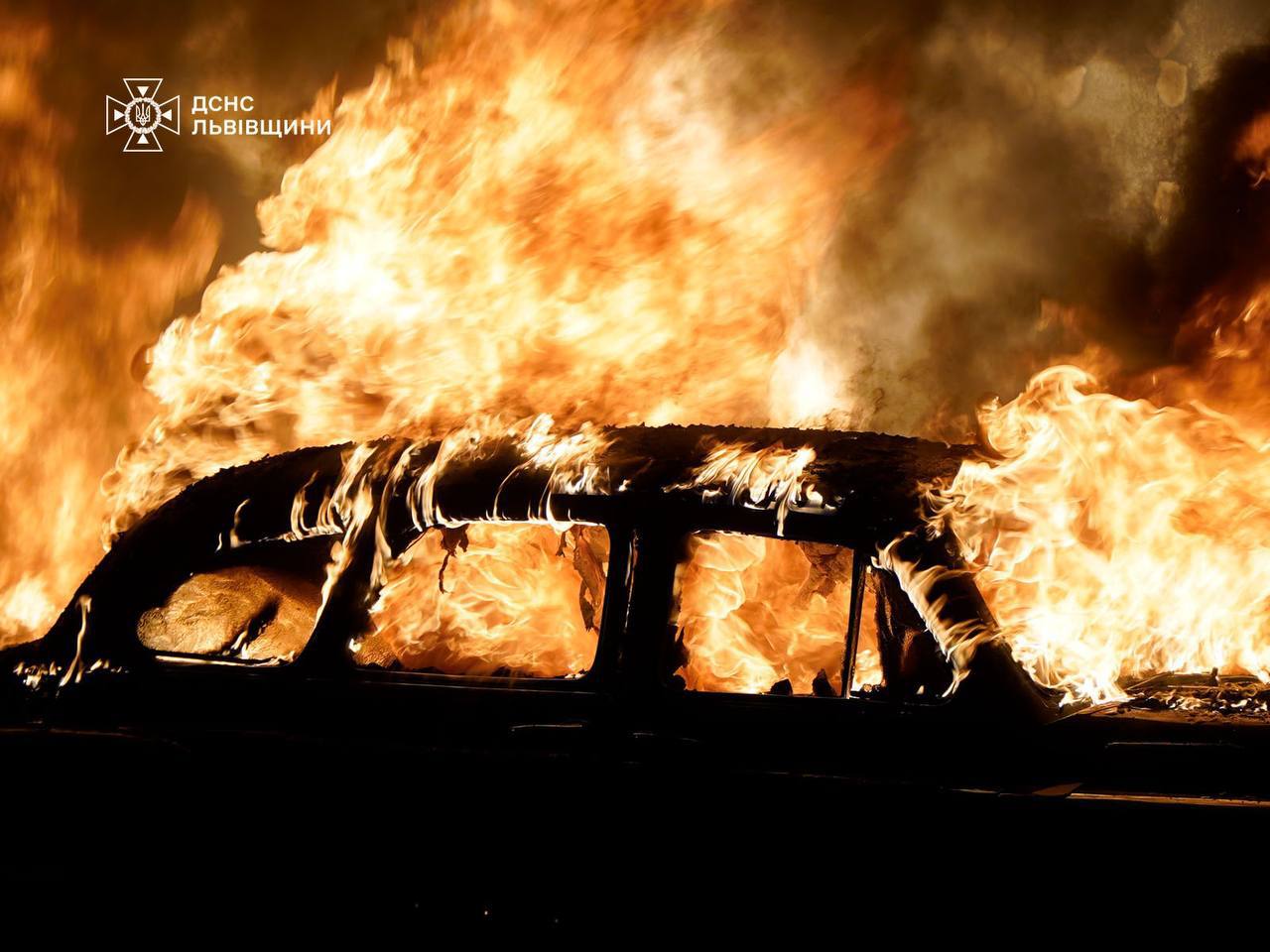
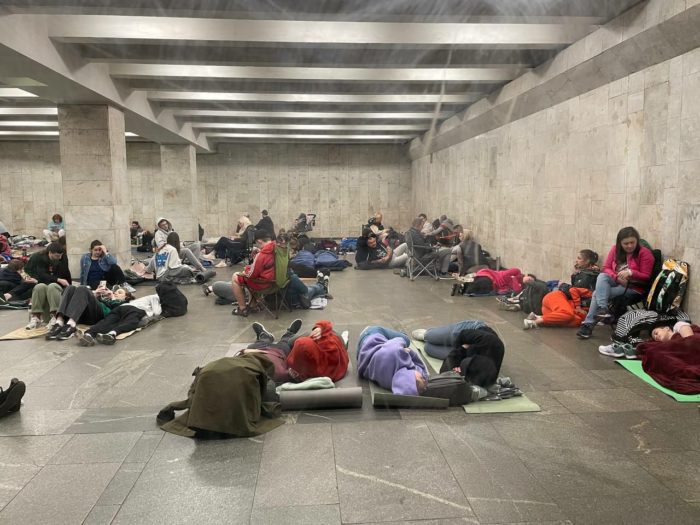

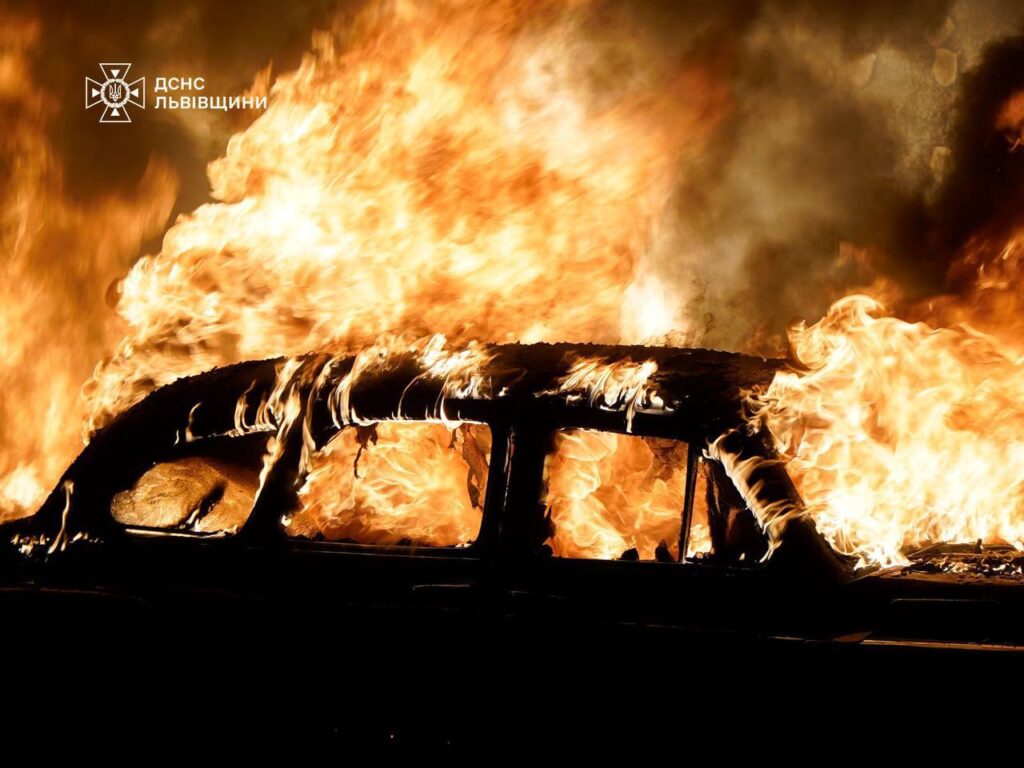
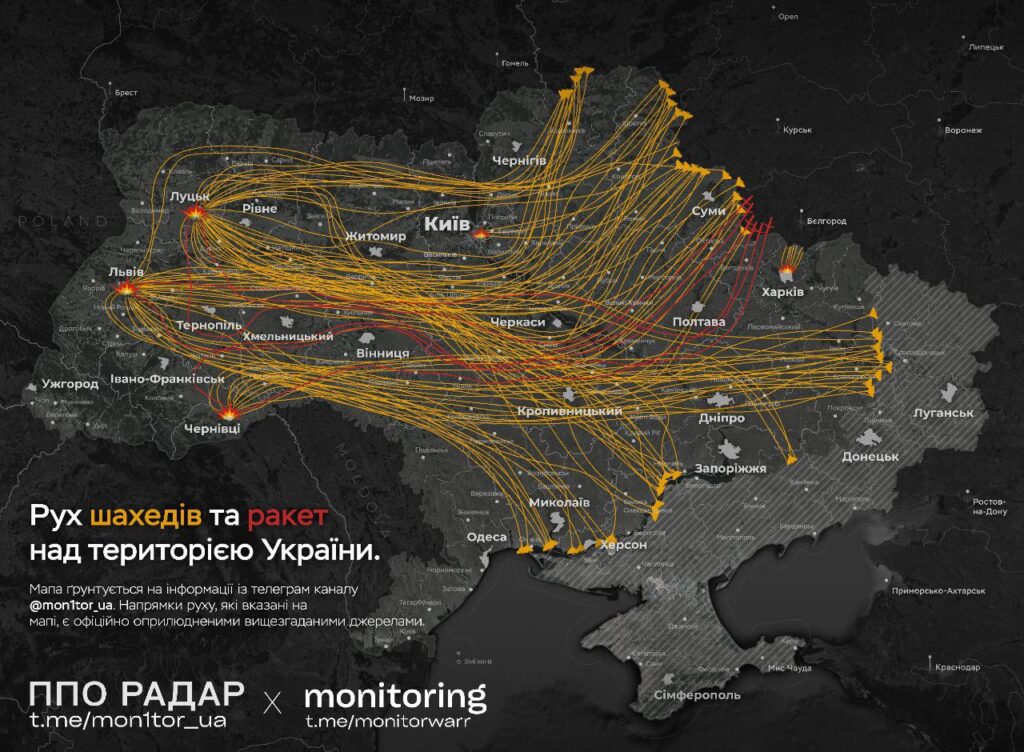
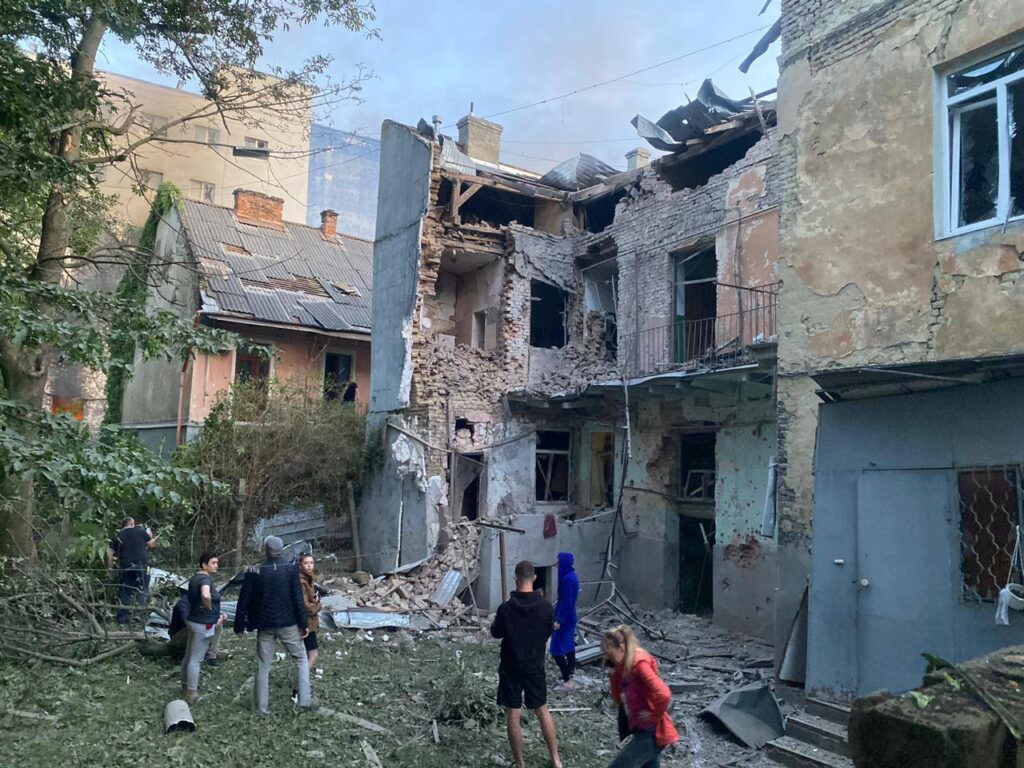


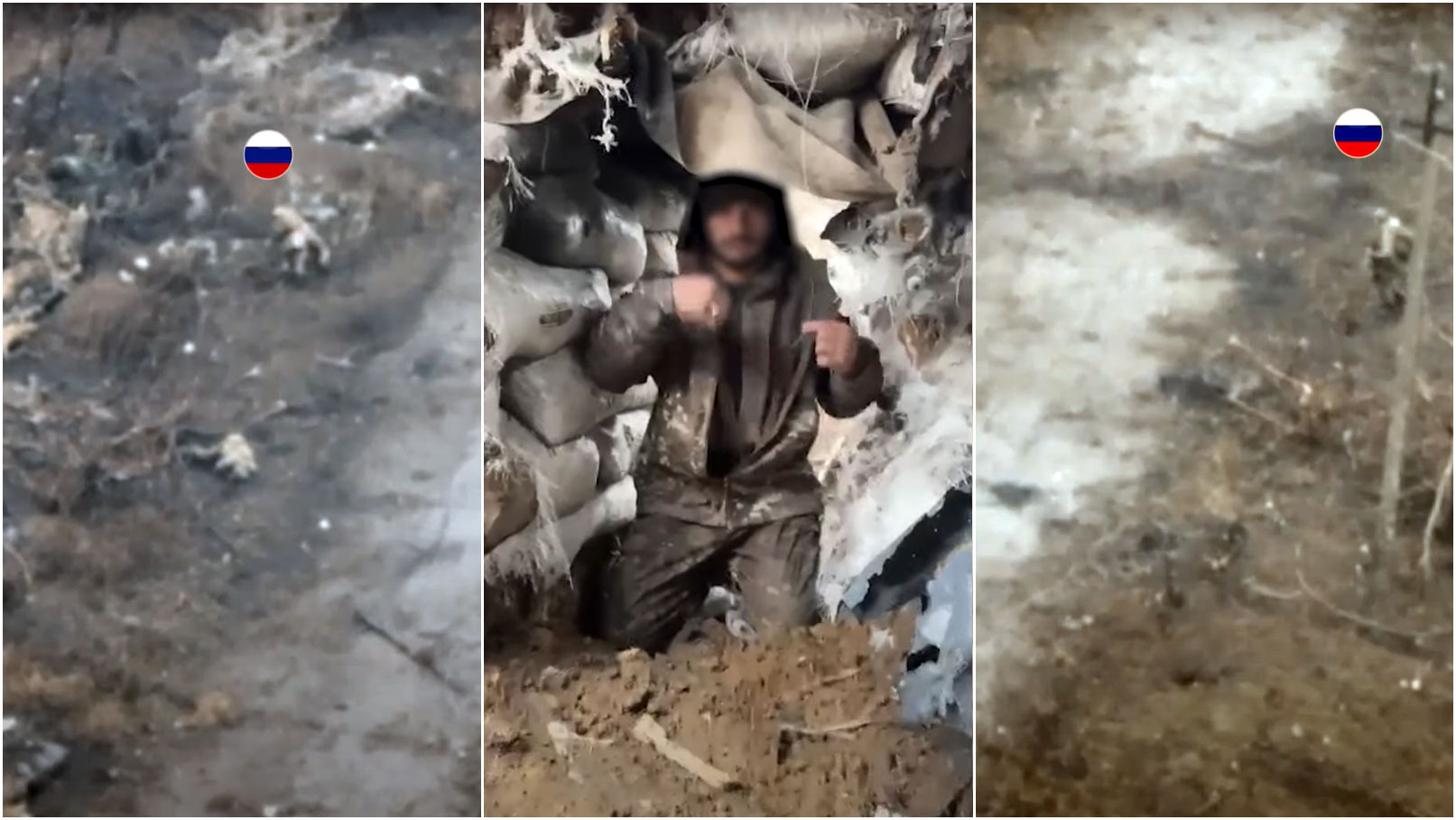
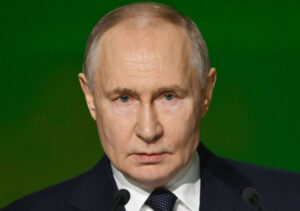
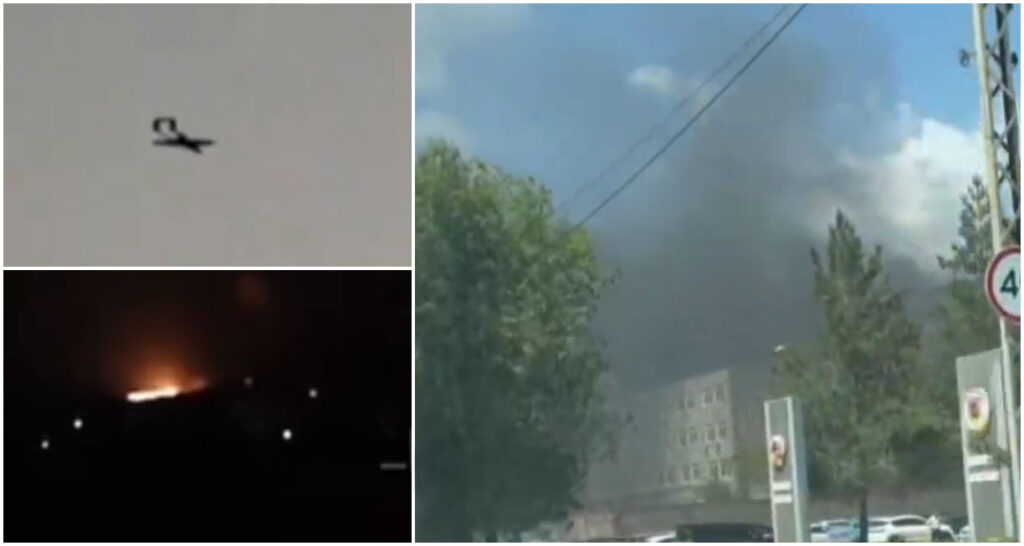

 TG/Exilenova+, Supernova+ – the clips show the Tula attack.
TG/Exilenova+, Supernova+ – the clips show the Tula attack.  Lukhovitsy (Moscow Oblast): Ukrainian Liutyi drones reportedly struck the Lukhovitsky Aviation Plant, part of the MiG aircraft corporation. Astra said two drones hit a compressor station, causing partial collapse of one wall.
Lukhovitsy (Moscow Oblast): Ukrainian Liutyi drones reportedly struck the Lukhovitsky Aviation Plant, part of the MiG aircraft corporation. Astra said two drones hit a compressor station, causing partial collapse of one wall.
